Freestanding soaking bathtubs are a popular choice for homeowners seeking to add a touch of luxury and relaxation to their bathrooms. These elegant tubs not only provide a spa-like experience but also elevate the overall aesthetic of your space. However, like any bathroom fixture, they come with safety considerations. While you relax in the warm, soothing waters, it’s essential to ensure you’re using your freestanding soaking bathtub safely.
This guide covers essential safety tips, ensuring not only a relaxing soak but also peace of mind. Whether you’ve already installed or are considering a freestanding soaking bathtub (like the elegant designs from Wellfor), these tips are here to help you maximize safety and enjoyment.
Why Safety Matters with Freestanding Soaking Bathtubs
Freestanding soaking bathtubs are heavier, larger, and often placed in unique positions compared to traditional built-in tubs. Their placement and design can sometimes increase the risk of slips, water spills, and other hazards. For households with children, older people, or pets, taking safety precautions becomes even more critical.
Ultimately, creating a safe and relaxing bathing experience is about being prepared. Below, you’ll find practical tips to help you avoid potential accidents.
Preparation Before You Use Your Tub
1. Ensure Proper Installation
A freestanding soaking bathtub should always be professionally installed. These tubs are typically heavier than standard models due to their design and material (think stone, cast iron, or acrylic). Improper installation not only compromises safety but could also lead to leaks or structural damage.
Check that your tub:
· It is secured on level flooring to prevent tipping or movement.
· Has the proper supports if placed on wood floors or upstairs.
· Includes adequate plumbing connections, ensuring no loose fittings.
For example, Wellfor offers sturdy designs that come with detailed installation guides, but professional assistance is always recommended.
2. Choose Safe Placement
Freestanding soaking bathtubs often sit prominently in the bathroom, but their placement should prioritize safety over aesthetics. Be sure to:
· Avoid placing the tub near sharp corners or edges where slips could lead to injury.
· Install away from windows to reduce the risk of falling in slippery conditions.
· Keep plenty of open space around the tub for easier access.
3. Address Slippery Floors
Many accidents occur on wet bathroom floors. To prevent slips:
· Use textured, anti-slip mats or rugs around the bathtub’s perimeter.
· Opt for slip-resistant flooring materials like matte tiles.
· Wipe up spilled water promptly after every use.
Using mats with rubber backing ensures they stay in place even on smooth surfaces.
Safety While Bathing
4. Don’t Overfill the Tub
It may be tempting to fill your soaking tub to the brim, but overfilling can lead to water spilling onto the floor, creating a slippery hazard. Always leave several inches of clearance from the top of the tub. This is especially important when children or pets are involved since their added movement can easily cause splashes.
A good rule of thumb is:
· Adults should fill the tub to about ⅔ of its capacity.
· For children, stay at belly-level water depth when seated.

5. Regulate Water Temperature
Hot water is soothing, but excessive temperatures can cause burns. The Consumer Product Safety Commission (CPSC) recommends setting your water heater thermostat to 120°F (49°C) or lower to reduce scalding risks.
Basic steps to maintain safe water:
· Test the temperature first with your elbow or wrist before entering.
· Consider installing a thermometer to ensure precise, safe temperatures.
· For added protection, use an anti-scald mixing valve on your bathtub.
6. Keep Essential Items Within Reach
Straining or stretching for soap, shampoo, or towels can significantly increase the risk of slips. Reduce these risks by placing all bath essentials within arm’s reach before stepping into the tub. A small stool or bath caddy works perfectly to hold your items safely.
7. Supervise Children and Monitor Seniors
Freestanding soaking bathtubs are deep by design, making them unsuitable for unsupervised use by children or the elderly. Accidental slips, submersion, or even getting in and out of the tub can lead to injuries.
For added security:
· Never leave children unattended, even for a few seconds.
· Install grab bars or handrails near the bathtub for support.
· Use bath seats or non-slip liners for elderly family members.
Wellfor tubs are designed with comfort and easy usage in mind. However, installing additional safety features is highly recommended in multi-generational households.
Post-Use Tips for Long-Term Safety
8. Invest in a Hand Shower for Easy Cleaning
Freestanding soaking bathtubs can be challenging to clean due to their unique shape and placement. A handheld shower nozzle helps rinse soap, oils, or residue effectively, reducing build-up that could make the surface slippery.
Even with advanced designs from Wellfor, regular maintenance ensures the tub remains as safe as it is beautiful.
9. Check for Leaks Periodically
Over time, small plumbing issues can lead to larger problems, like water pooling around the tub or inside walls. Regularly inspect your freestanding soaking bathtub for:
· Loose connections around the drain or faucet.
· Water pooling underneath the base of the tub.
· Signs of mold or mildew near its placement.
Promptly addressing these issues minimizes long-term repair costs and prevents slip hazards.
10. Maintain Clear Safety Zones
Given that freestanding soaking bathtubs are often freestanding in their placement, ensure there’s no clutter or tripping hazards near the tub. Keep the surrounding area tidy by:
· Avoiding decorative items that could fall or create obstacles.
· Ensuring the space remains well-lit, particularly for those bathing at night.
· Using storage solutions to organize bath essentials.
Minimalism doesn’t just enhance the appearance of your bathroom; it also greatly reduces safety risks.
Top Accessories to Enhance Safety
Adding the right accessories can significantly improve the safety of your freestanding soaking bathtub. Here are some recommendations to consider:
· Non-slip bath mats inside the tub.
· Grab bars for easier entry and exit.
· Soft-edge tub trays to prevent sharp corners near the tub.
· Bathroom stools for added stability during entry and grooming.
Many Wellfor products work seamlessly with these safety add-ons, ensuring maximum comfort without compromising design.
Why Wellfor Stands Out for Safety
When choosing a freestanding soaking bathtub, prioritizing safety doesn’t mean sacrificing style. Wellfor’s designs balance luxurious finishes with practical safety features. Whether it’s a slip-resistant base or thoughtful dimensions for easy mobility, quality materials and craftsmanship keep your peace of mind intact.
By following the tips above and investing in high-quality tubs like those from Wellfor, you’ll enjoy a stress-free and indulgent soaking experience every time.
Final Thoughts
Freestanding soaking bathtubs are the perfect combination of luxury and relaxation, but safety should always come first. By investing in proper installation, maintaining a clutter-free environment, and following temperature and depth recommendations, you can minimize risks for yourself and your family. Remember to prioritize comfort, caution, and care to make your bath beautiful in every sense.
For safe, stylish options, explore freestanding soaking bathtubs from Wellfor to transform your home into a personal retreat. Start soaking, stay safe, and enjoy your ultimate relaxation.

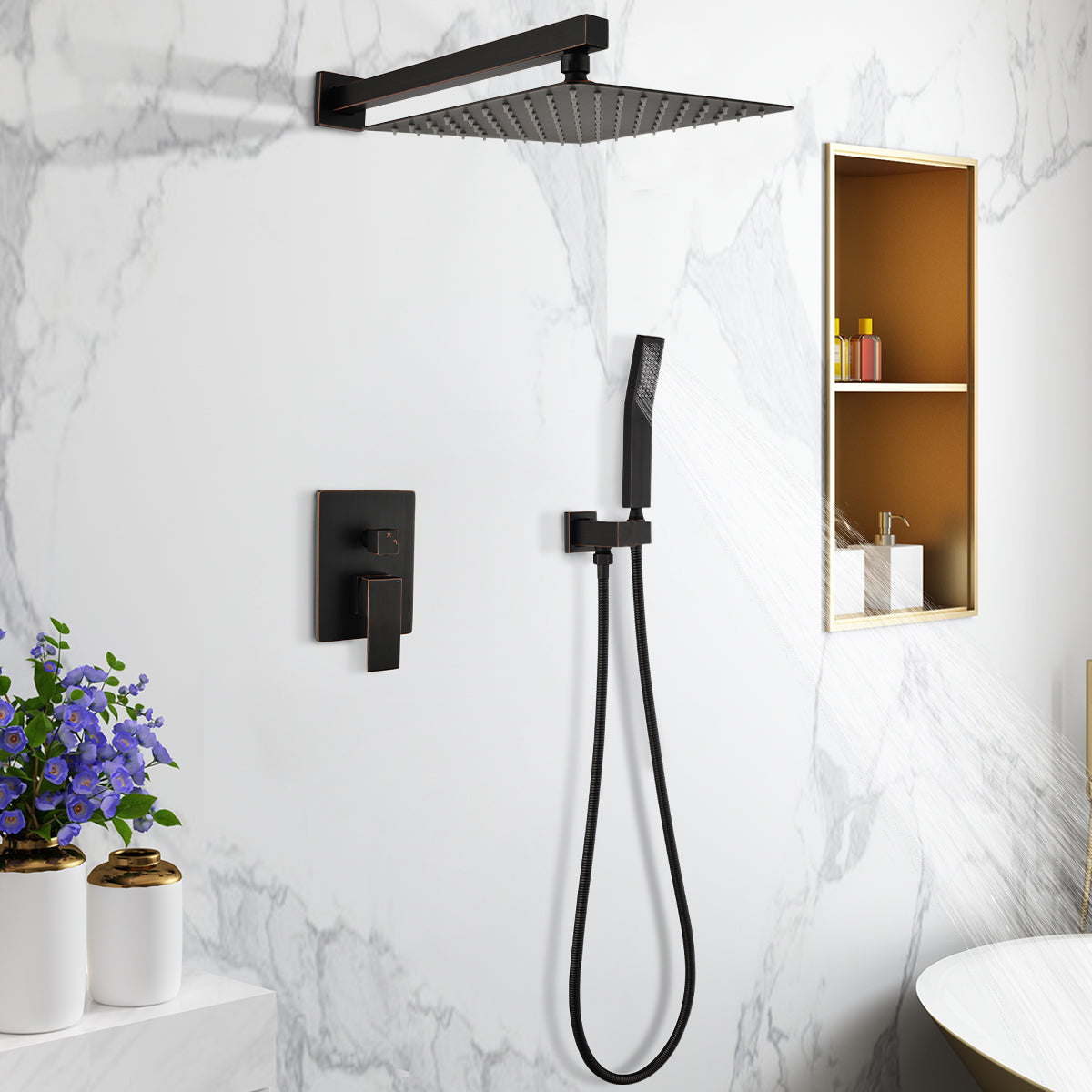
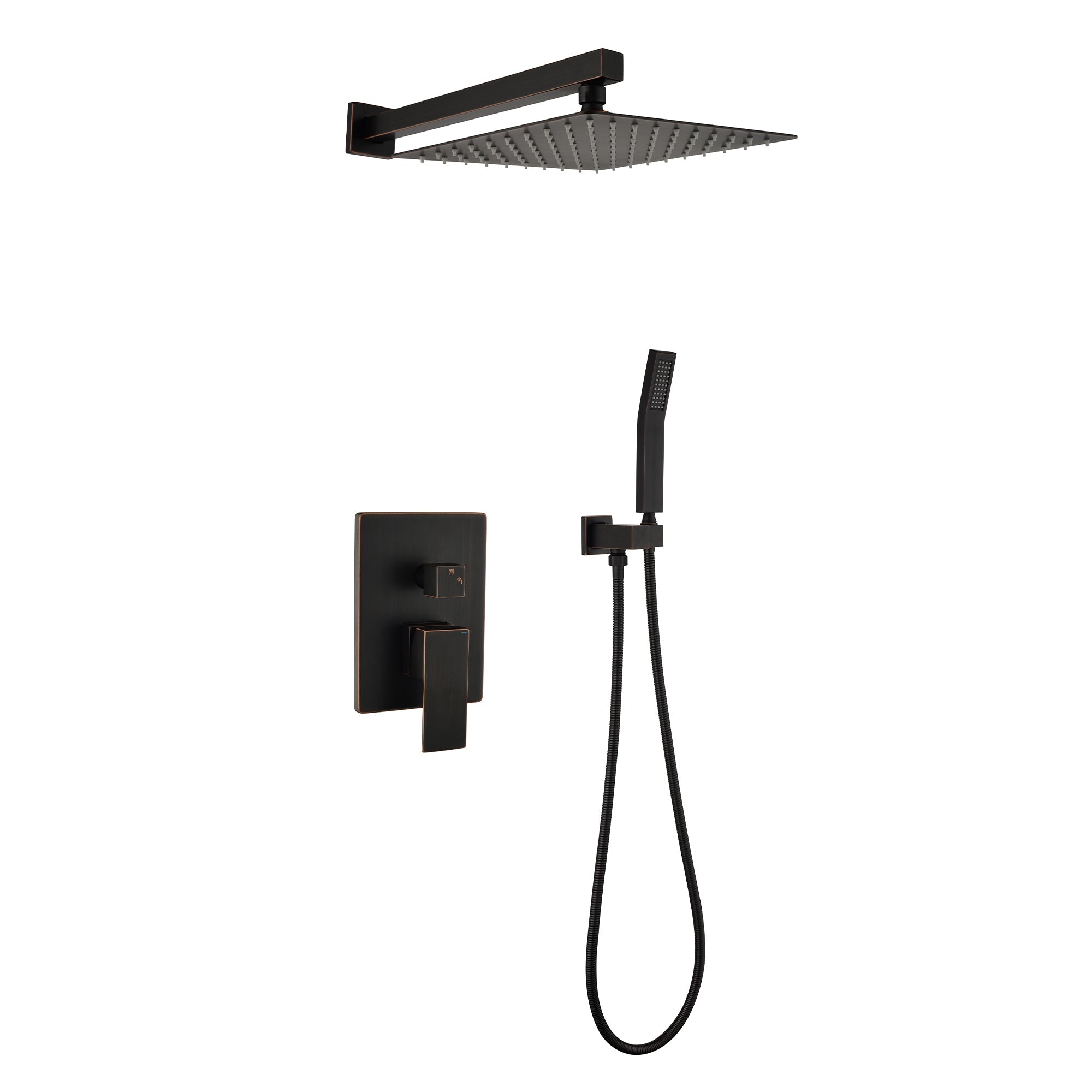


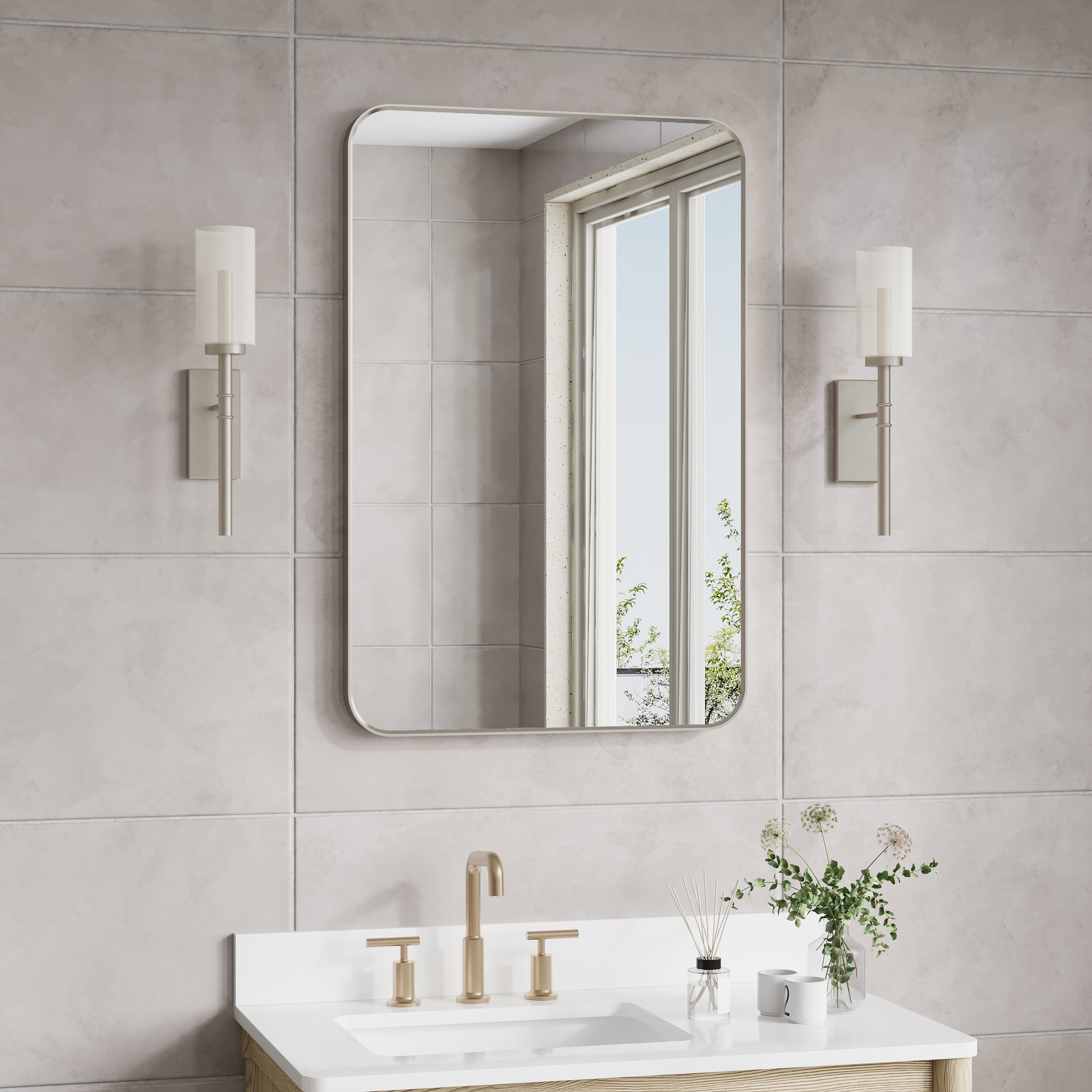
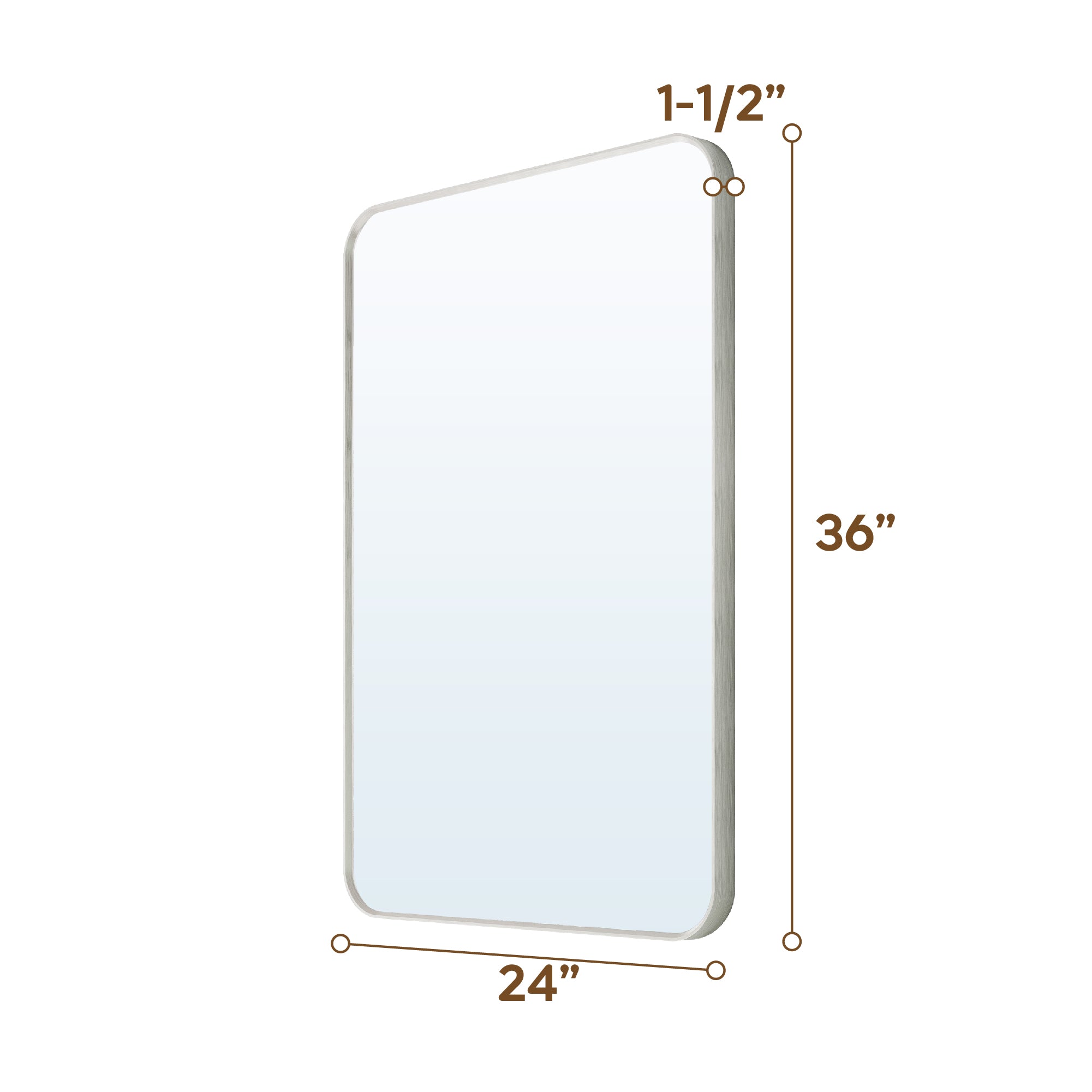
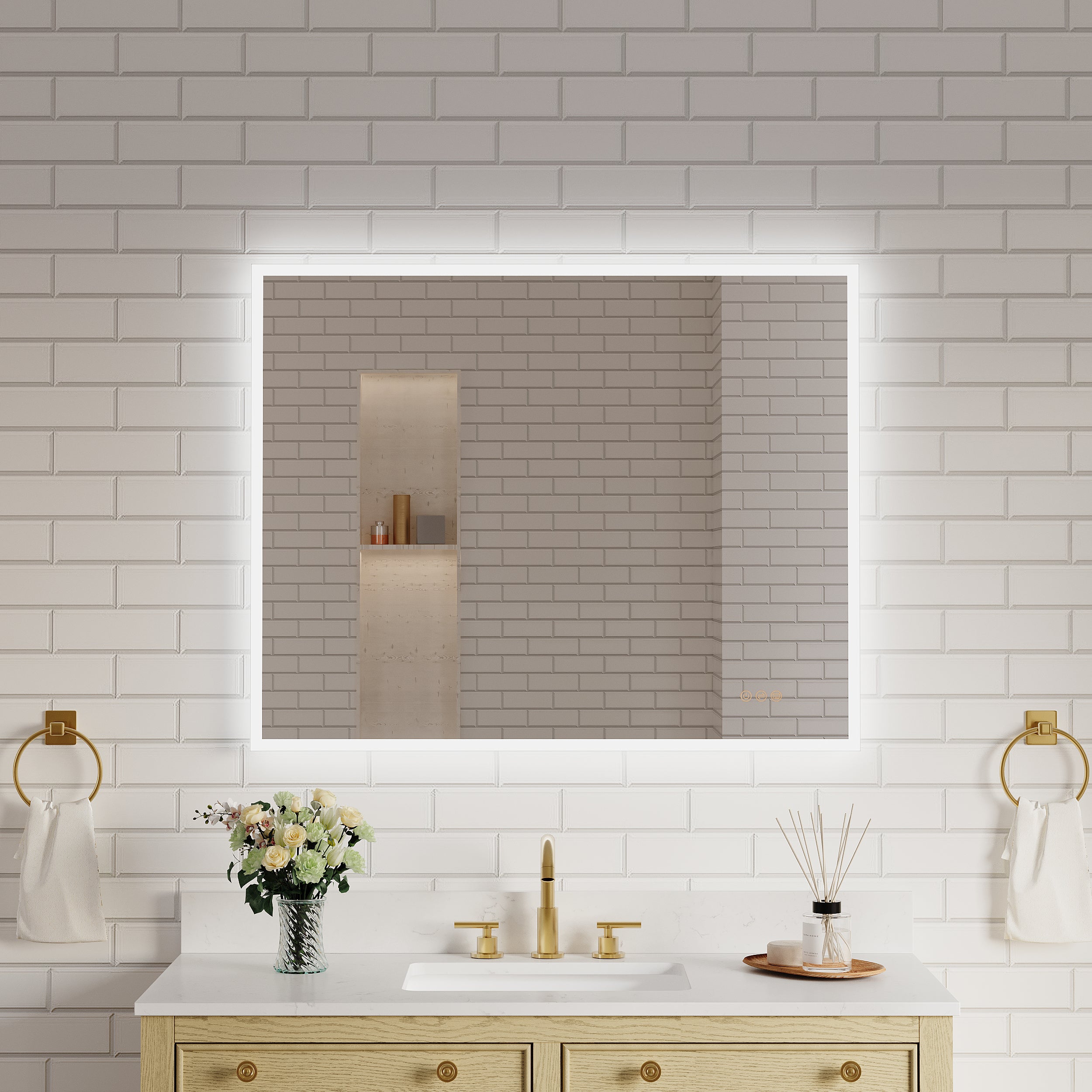

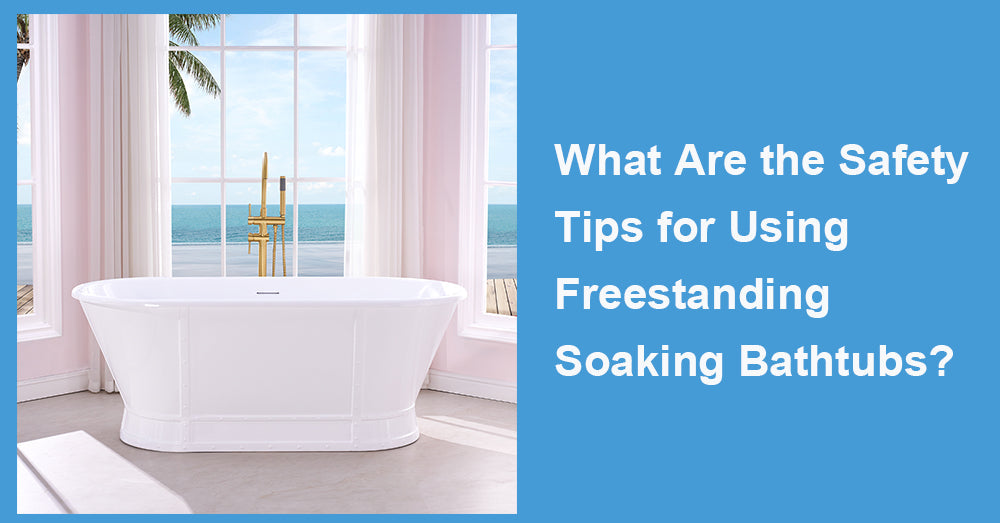
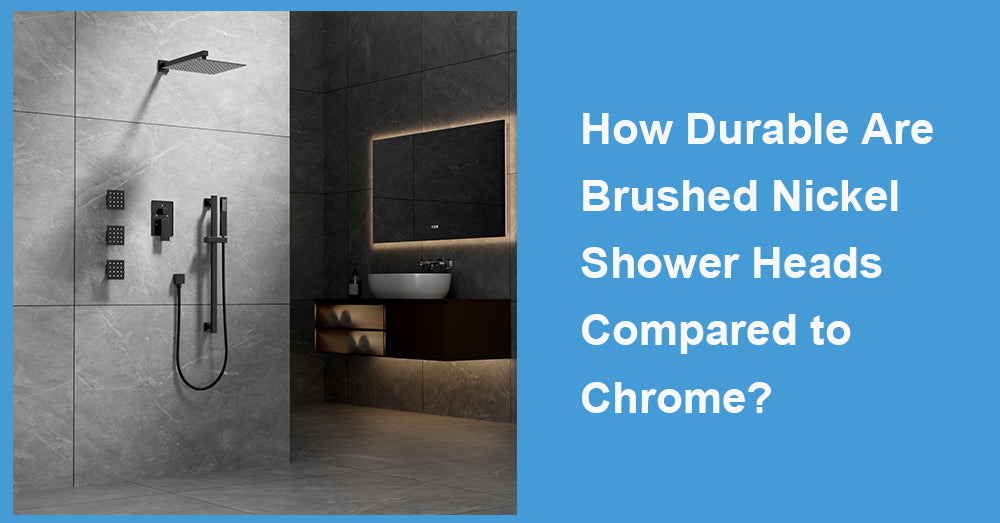
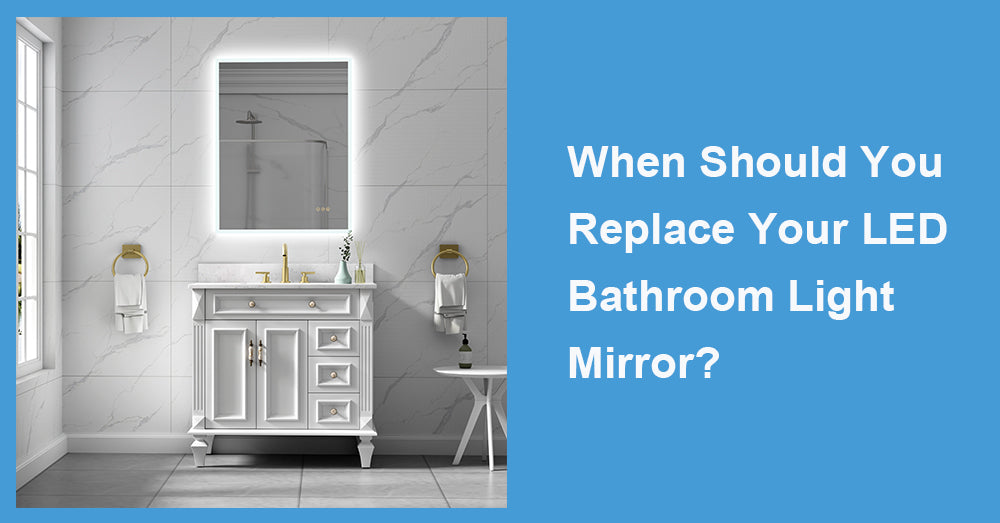
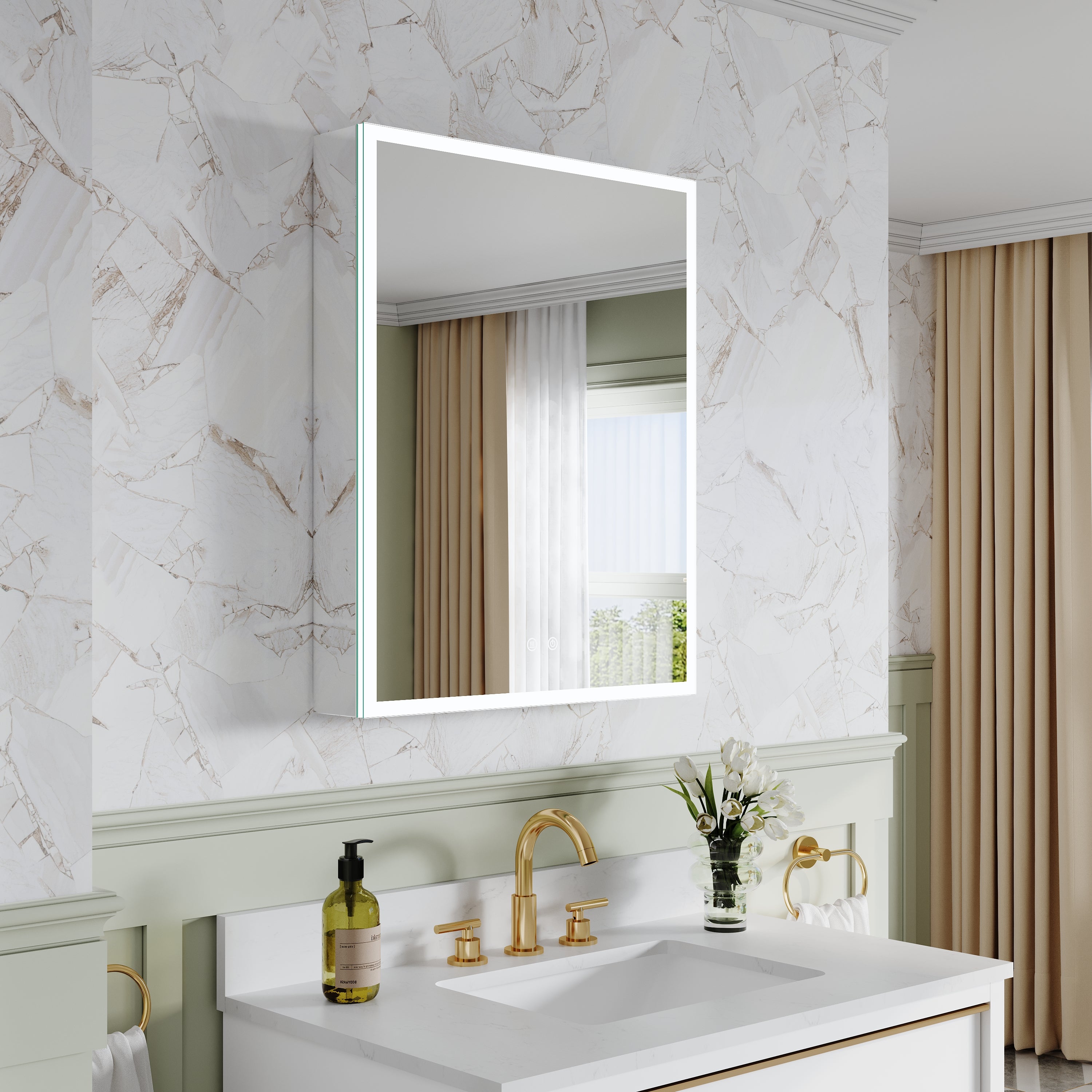
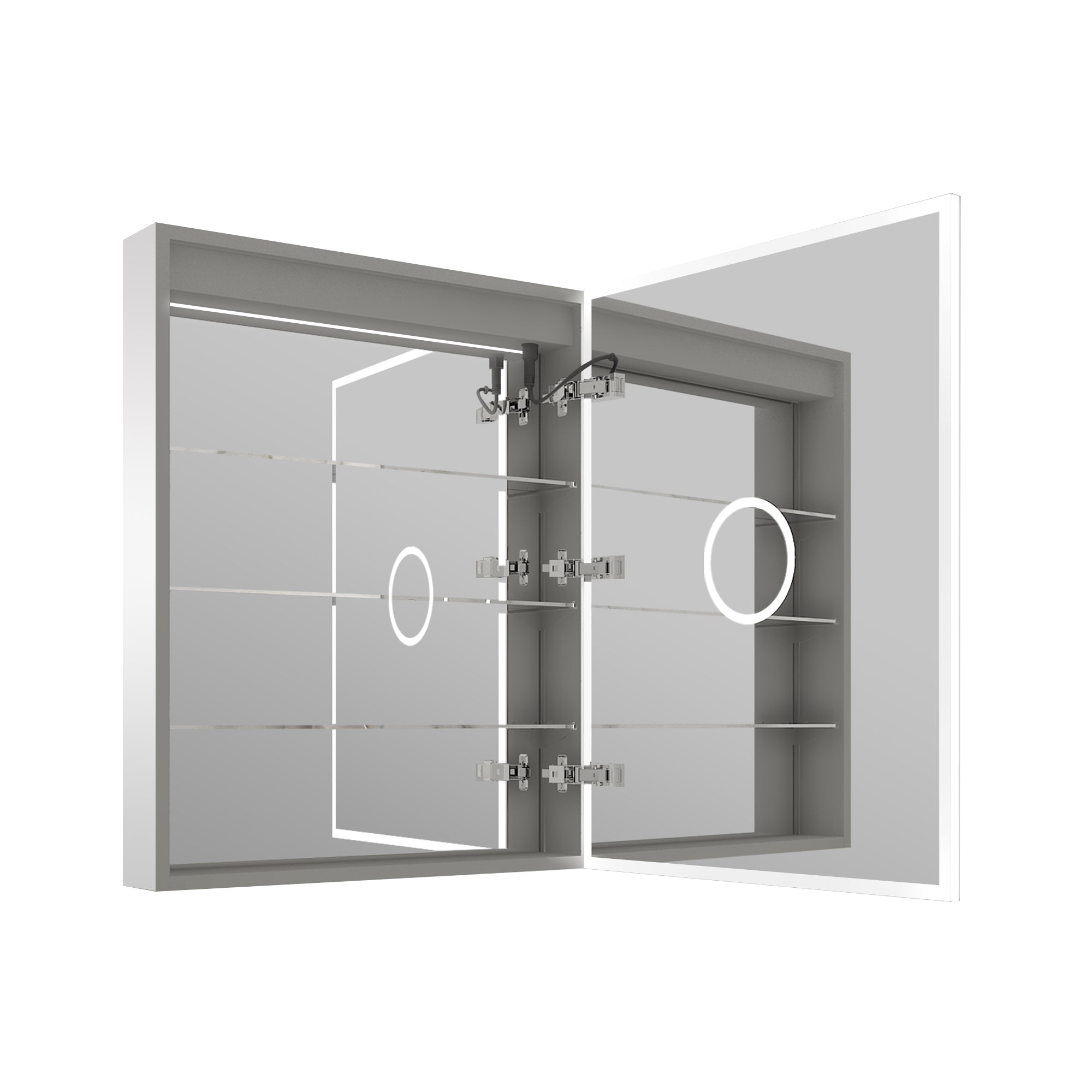
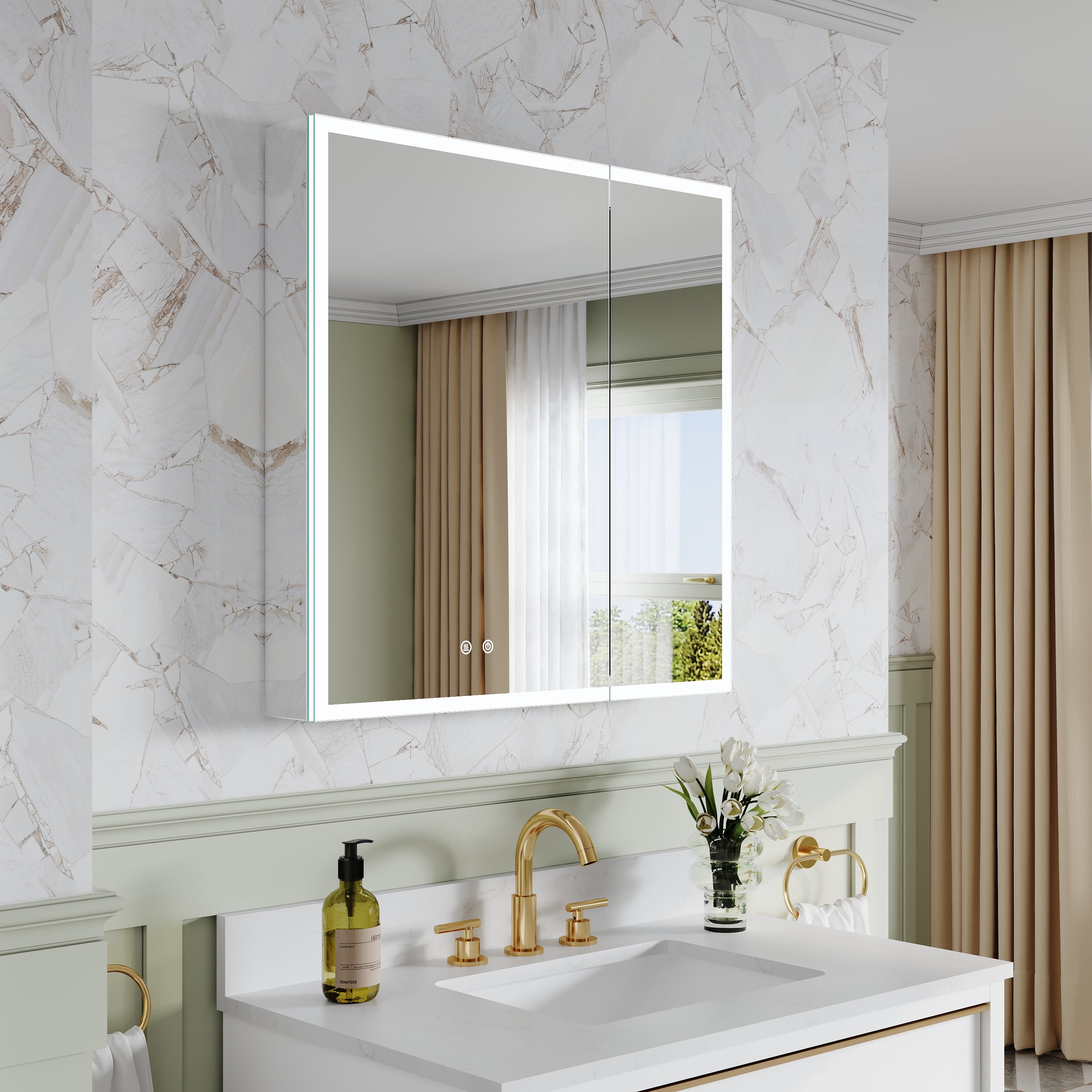
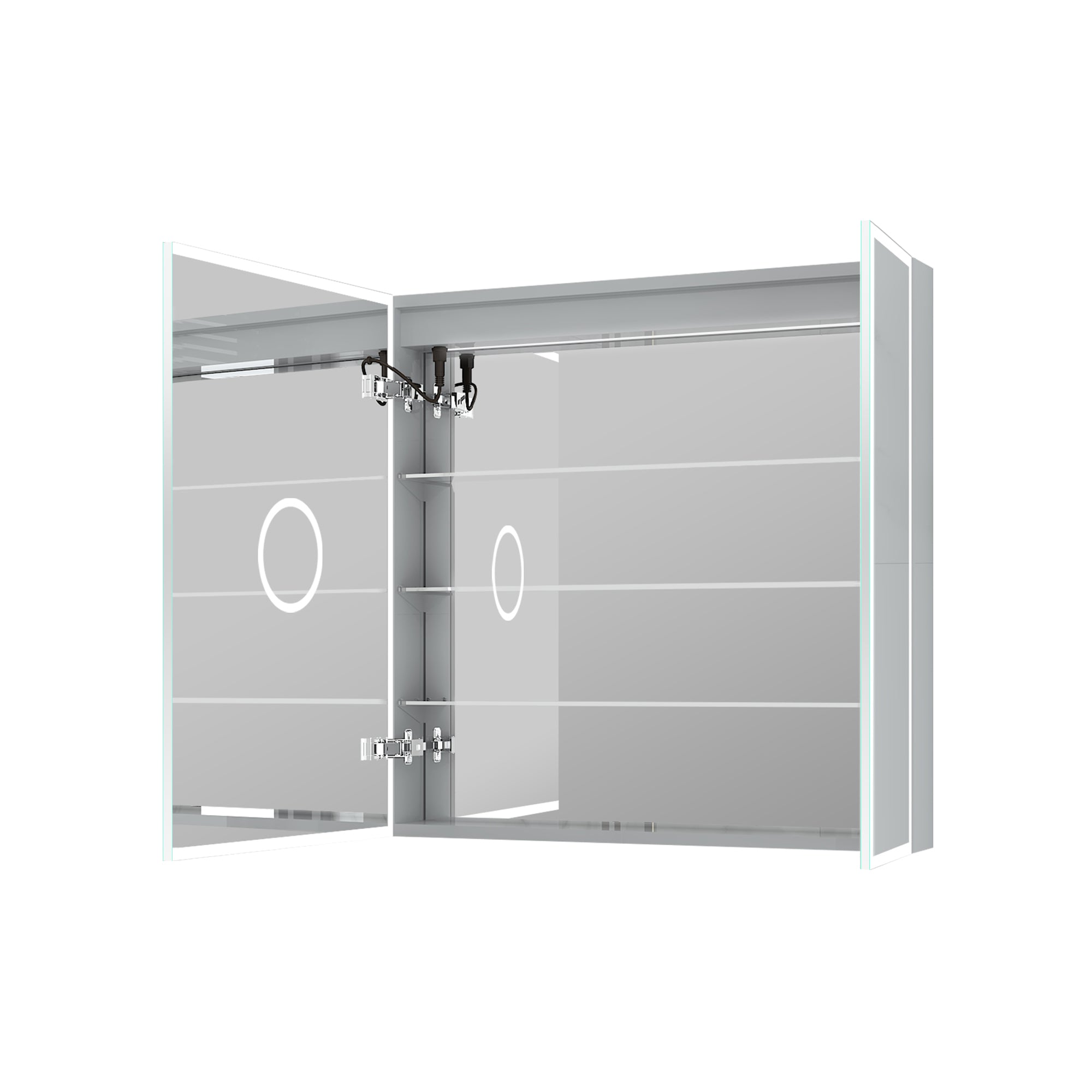


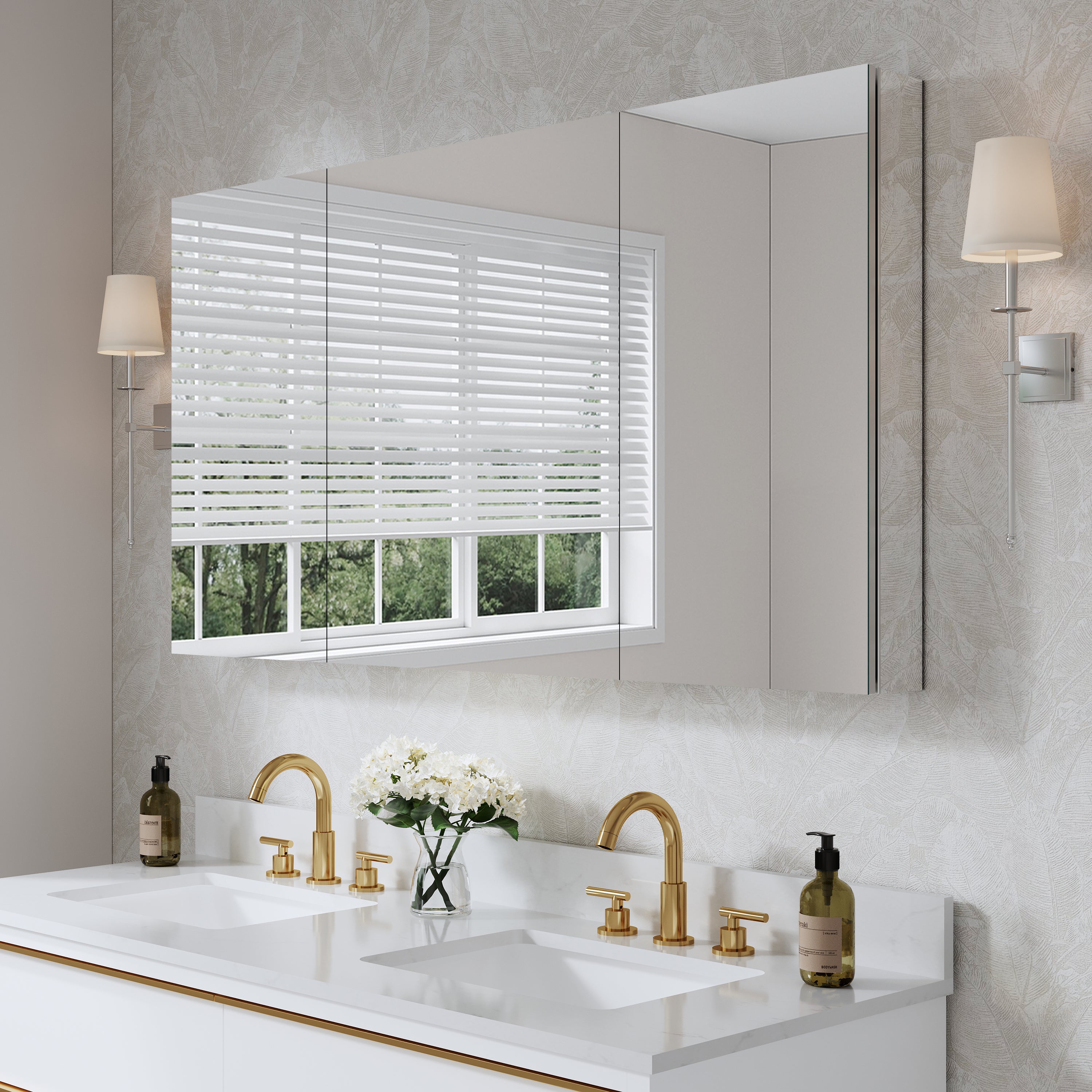

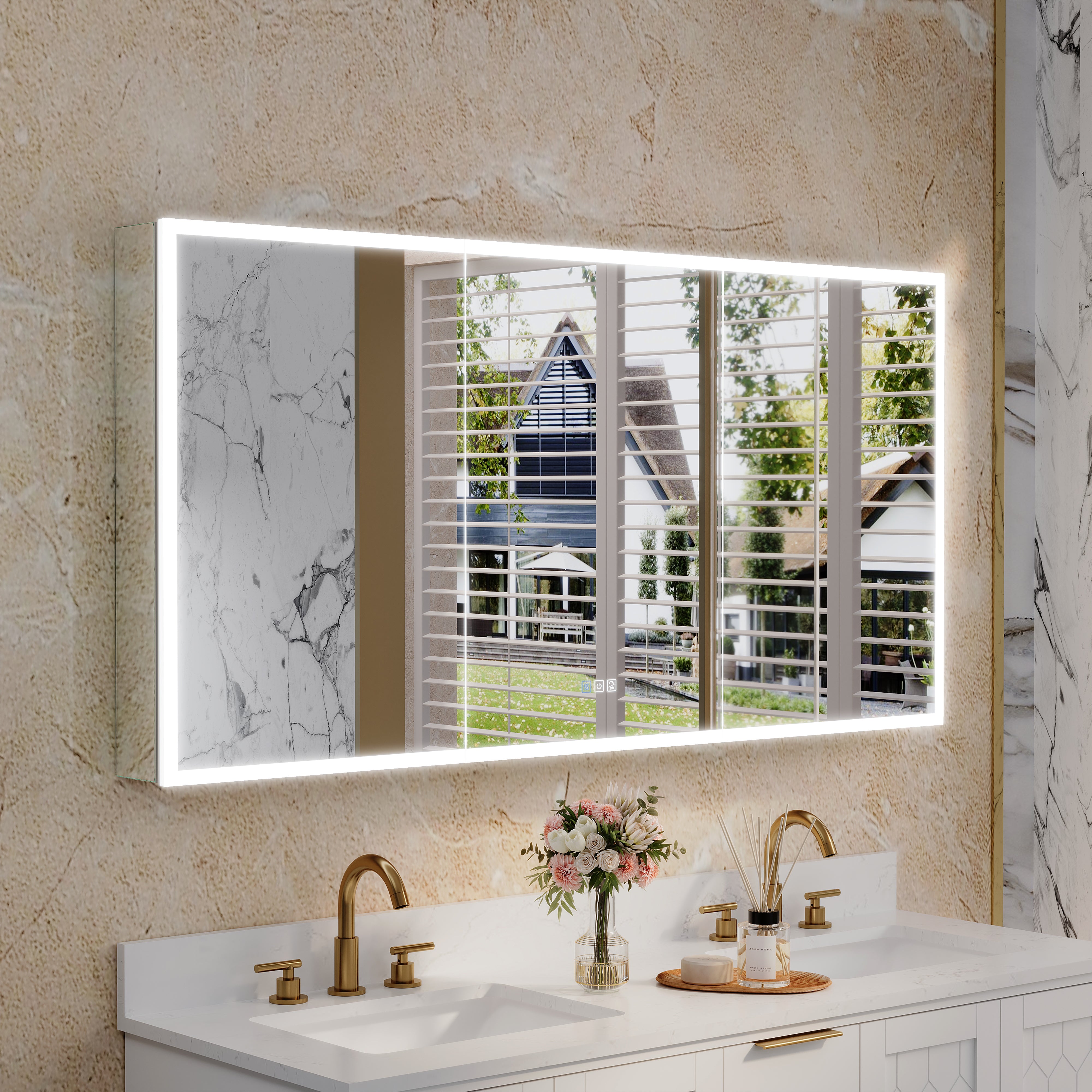
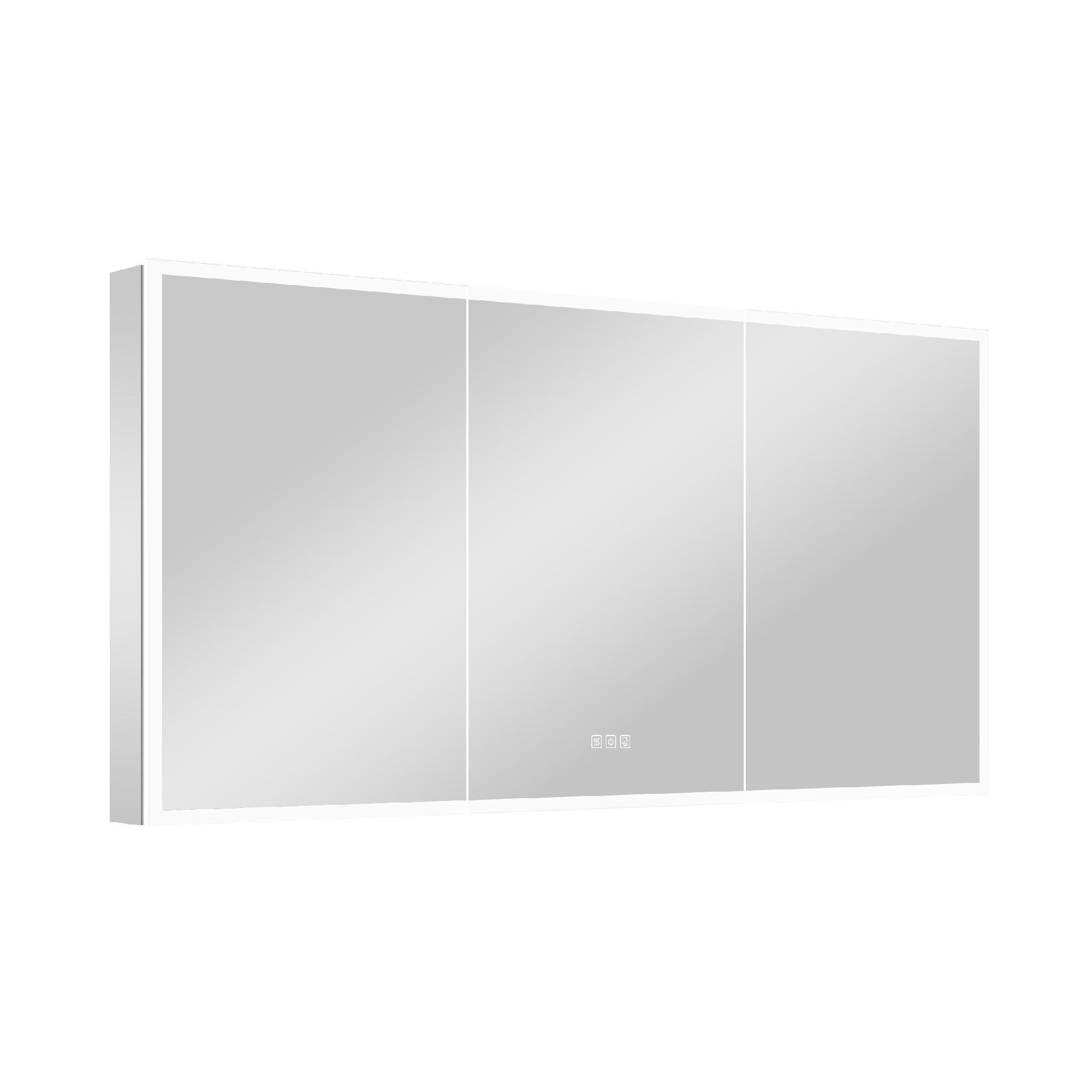
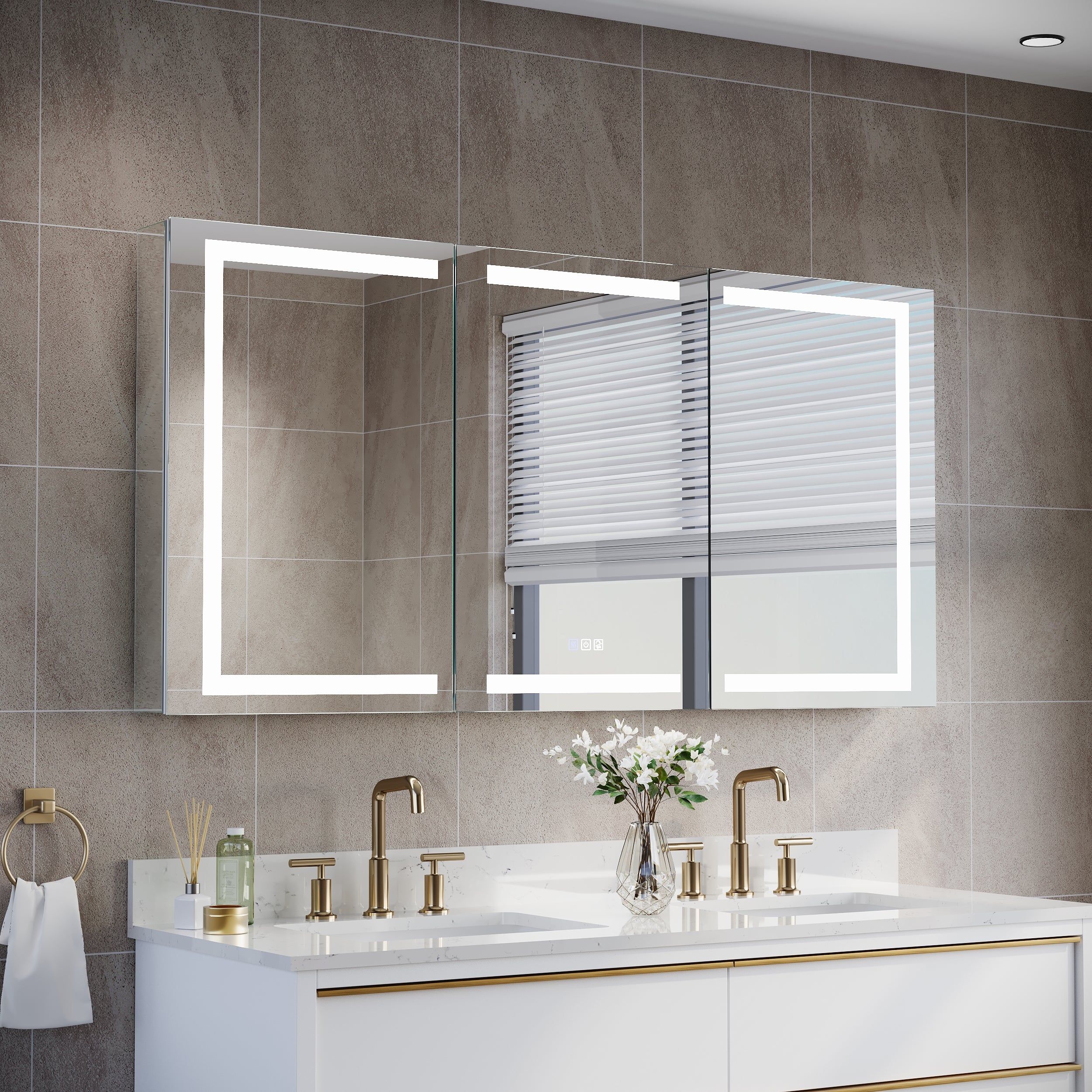


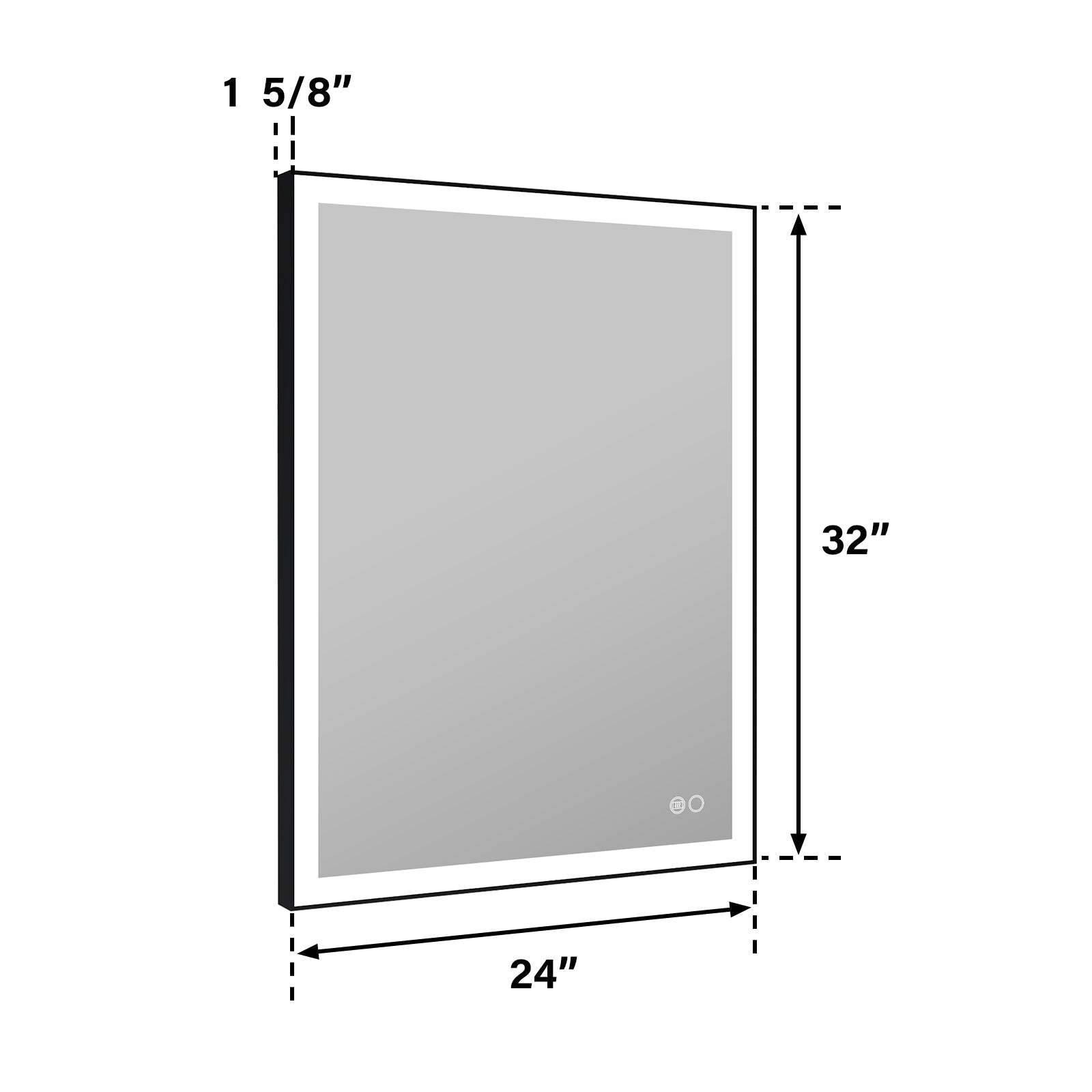
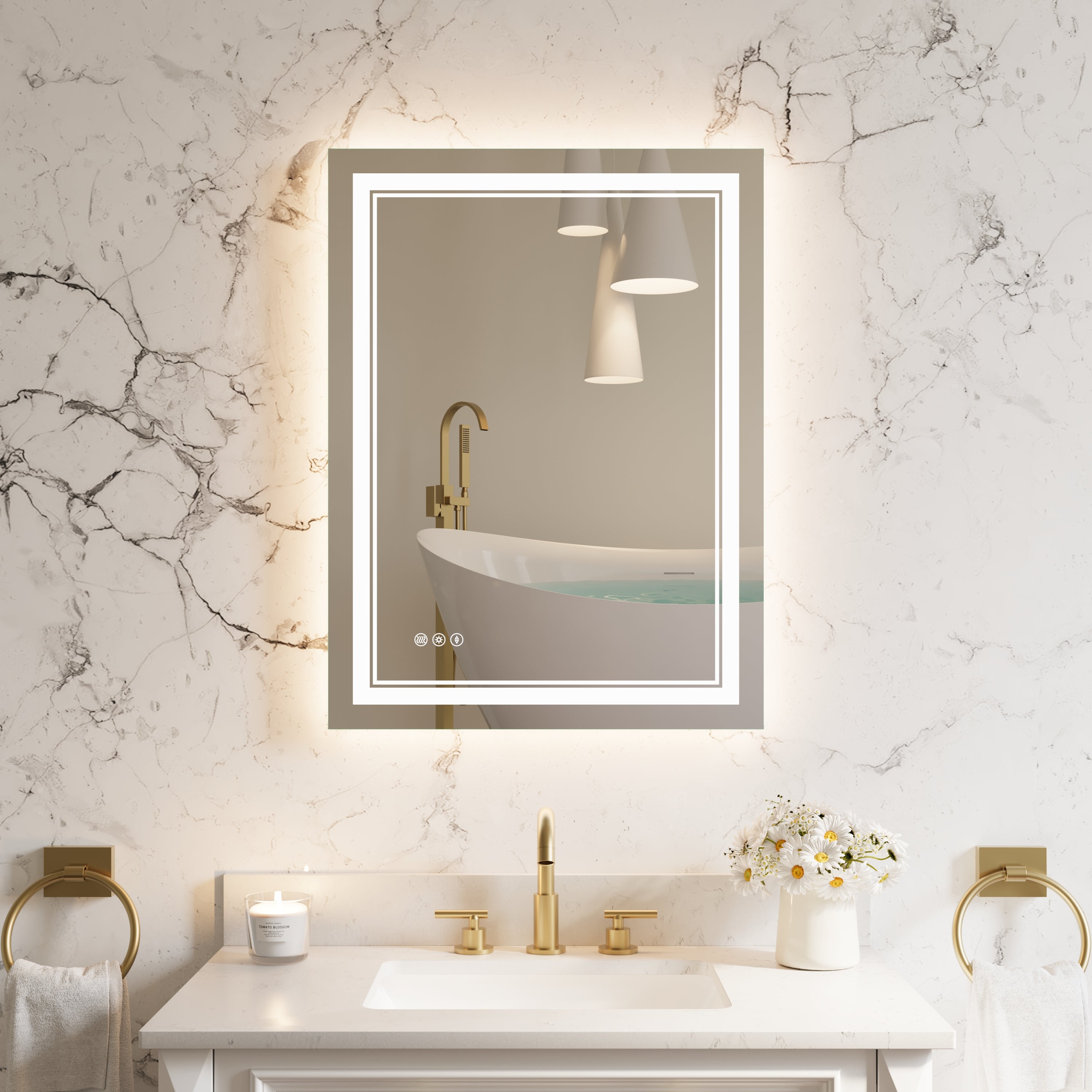
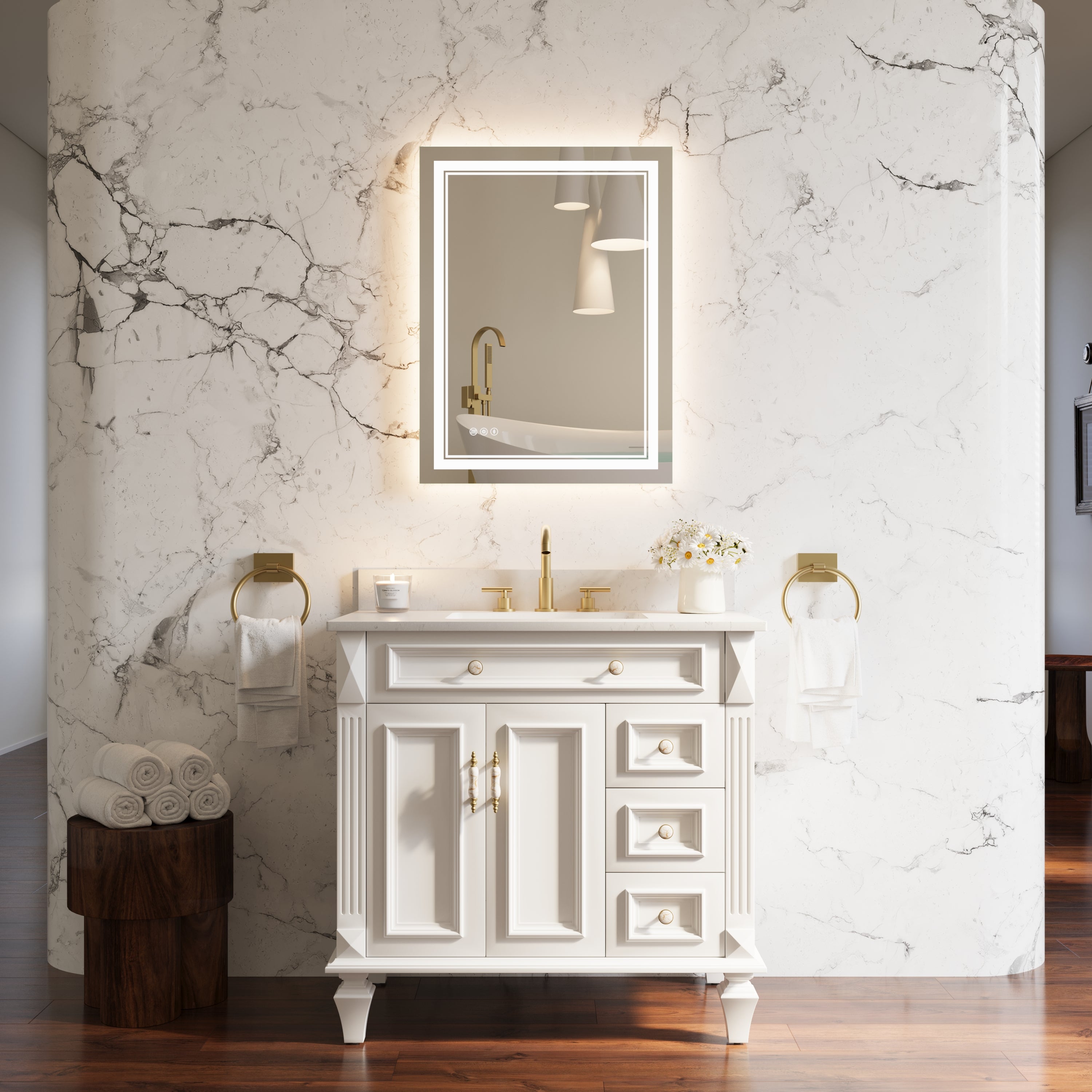
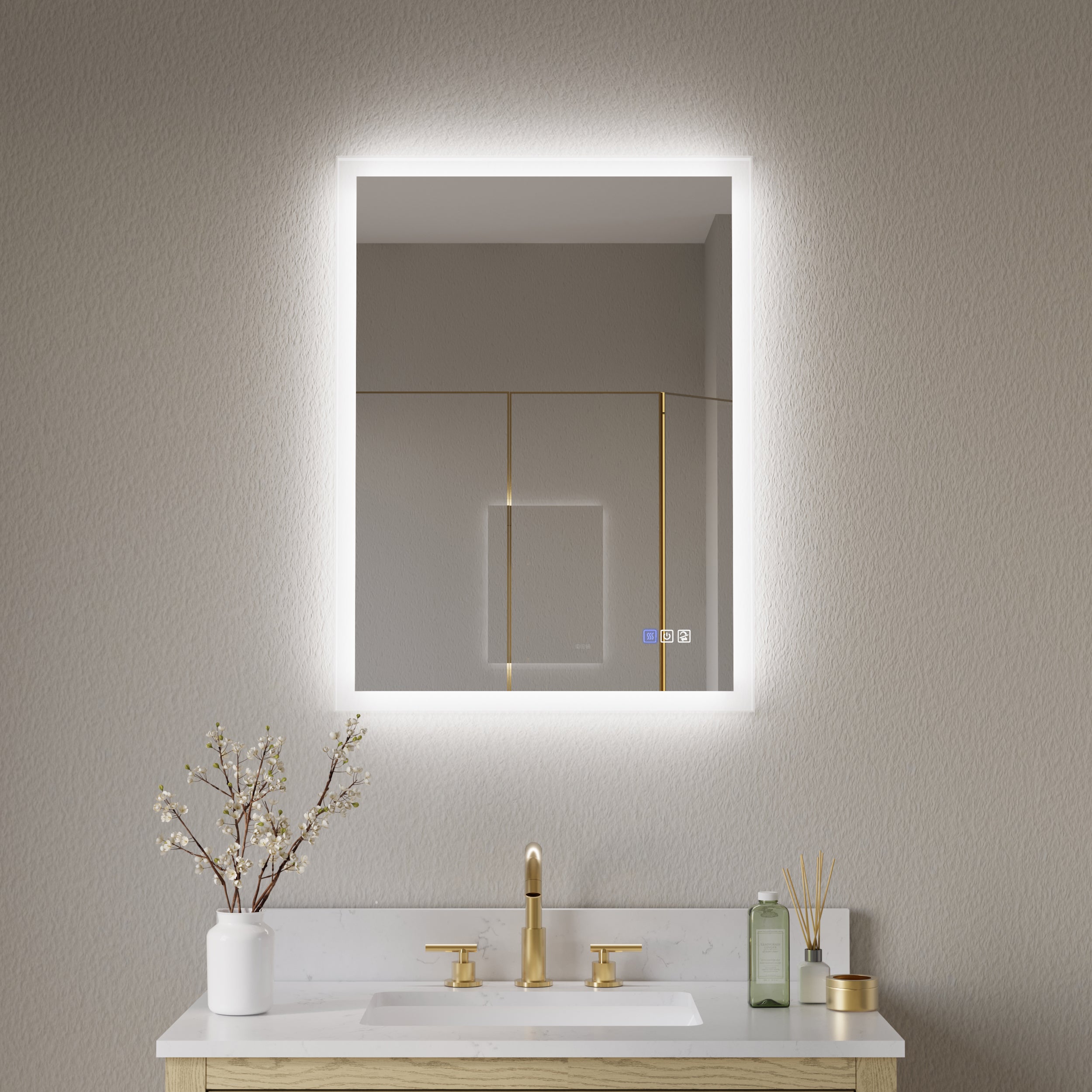

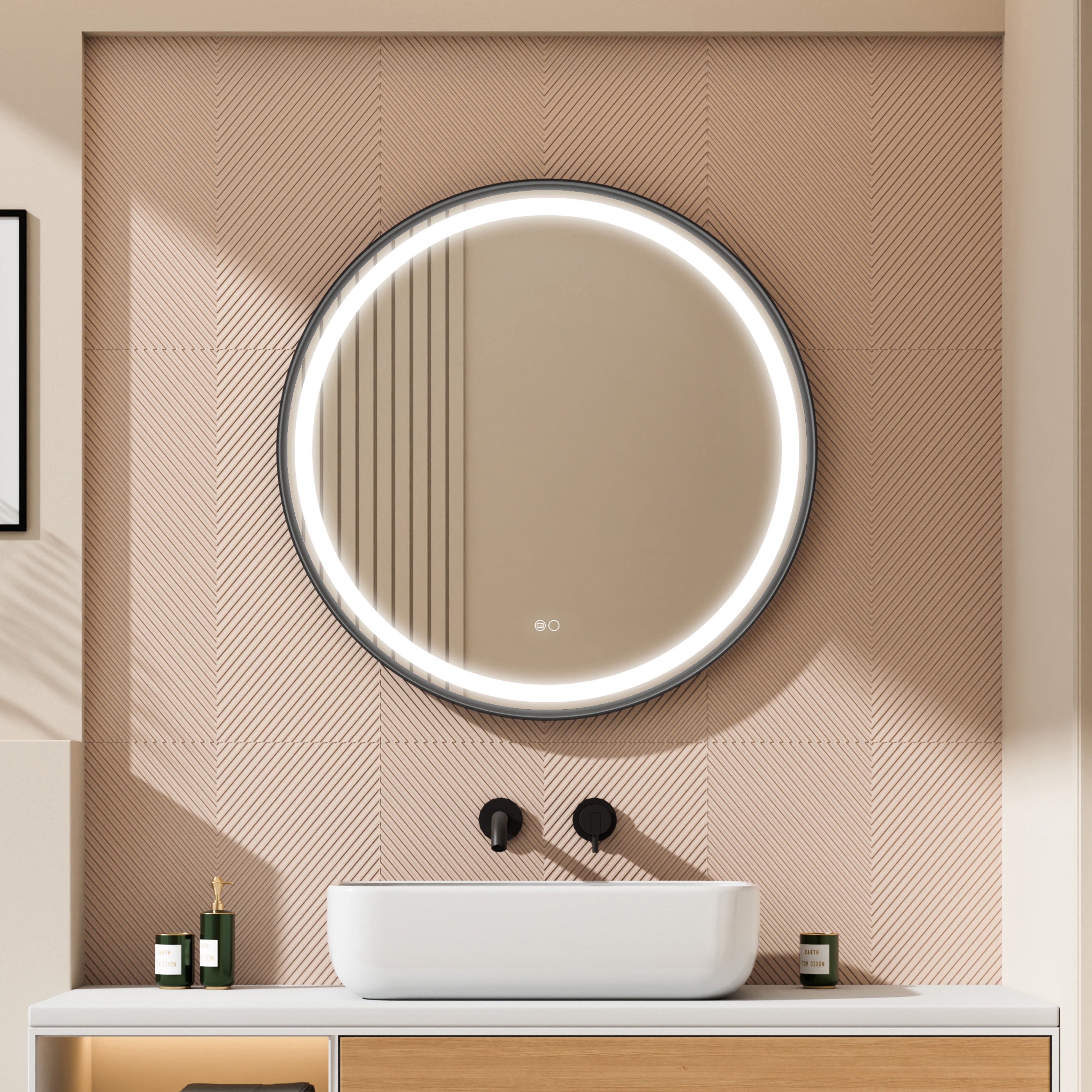
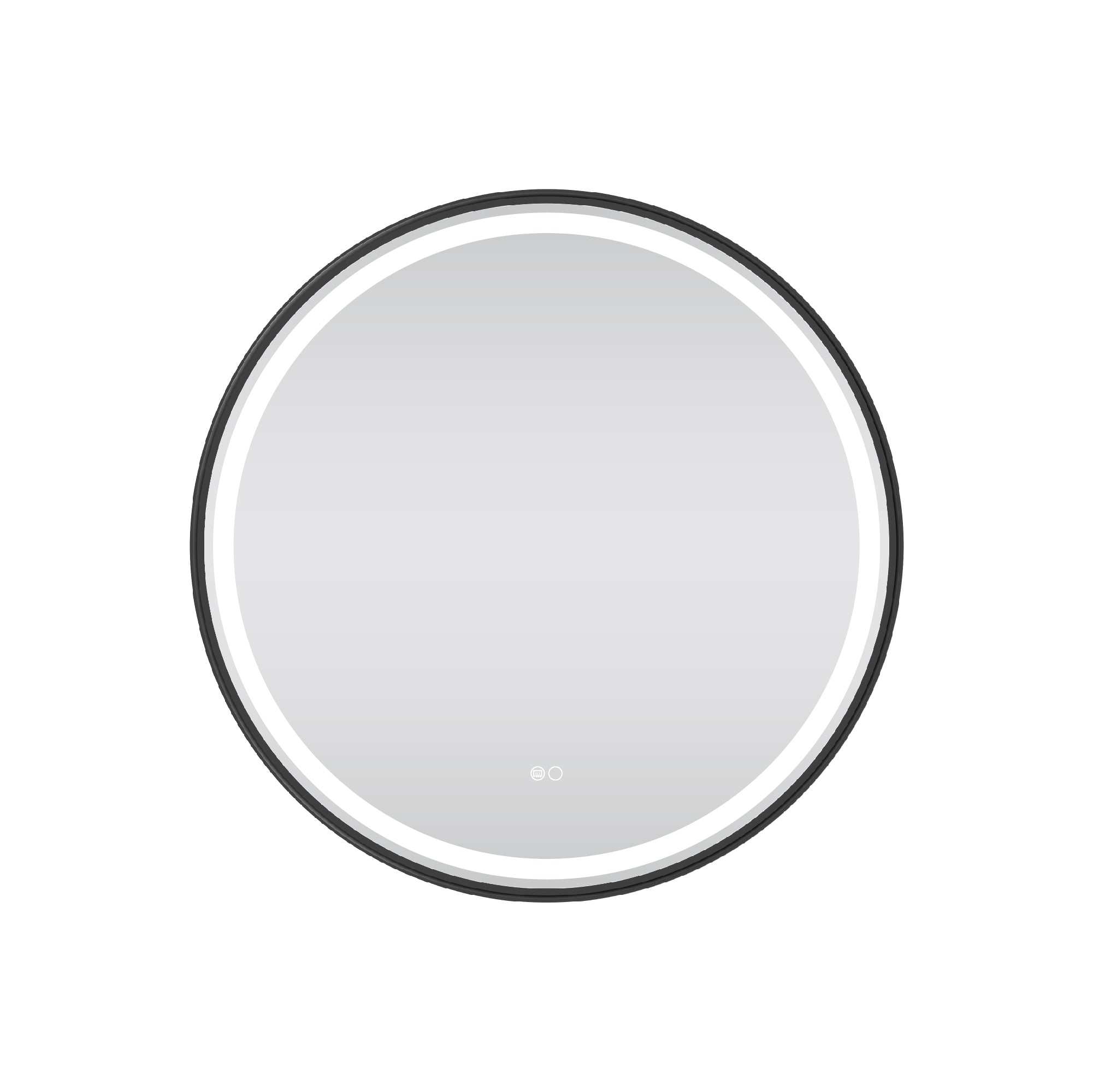


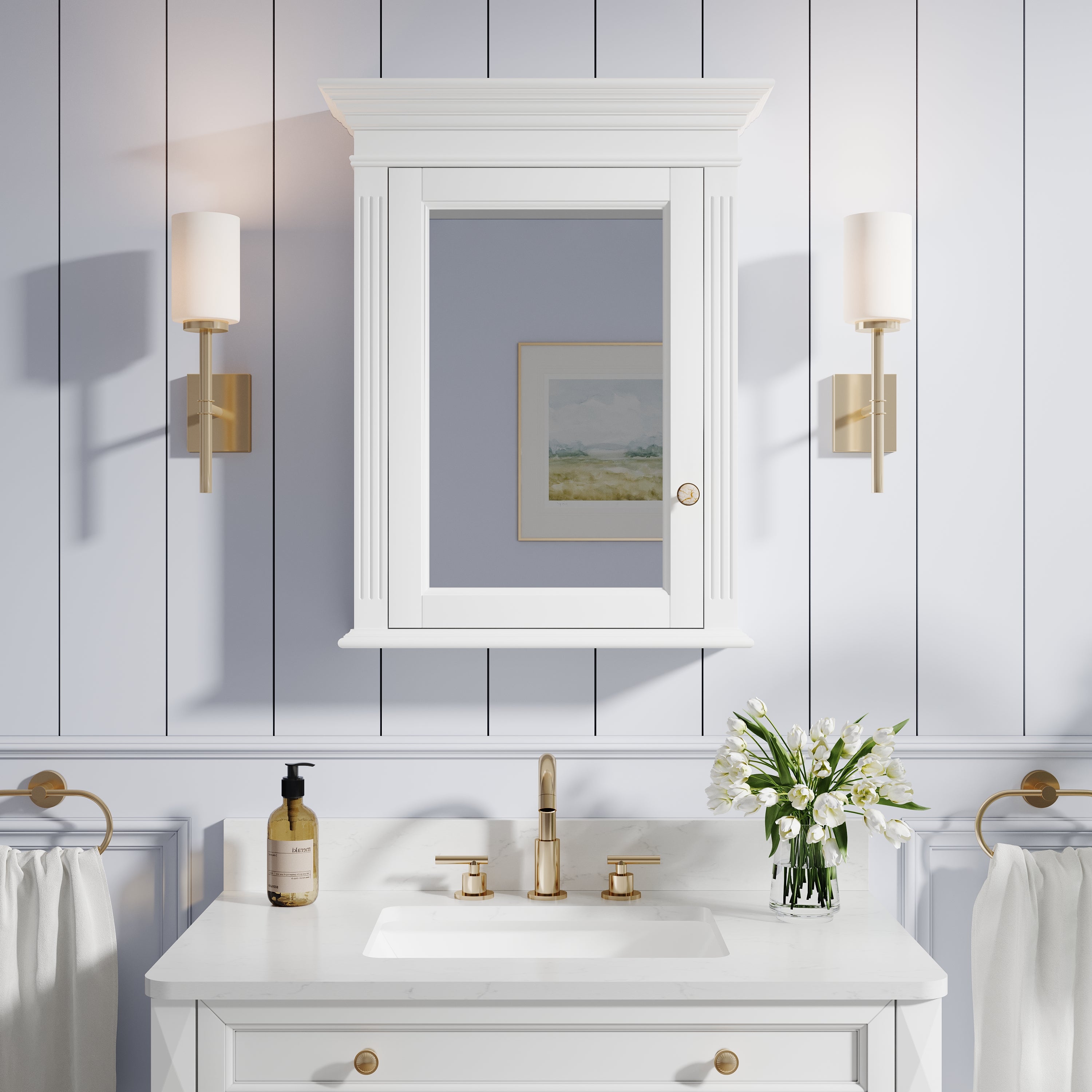
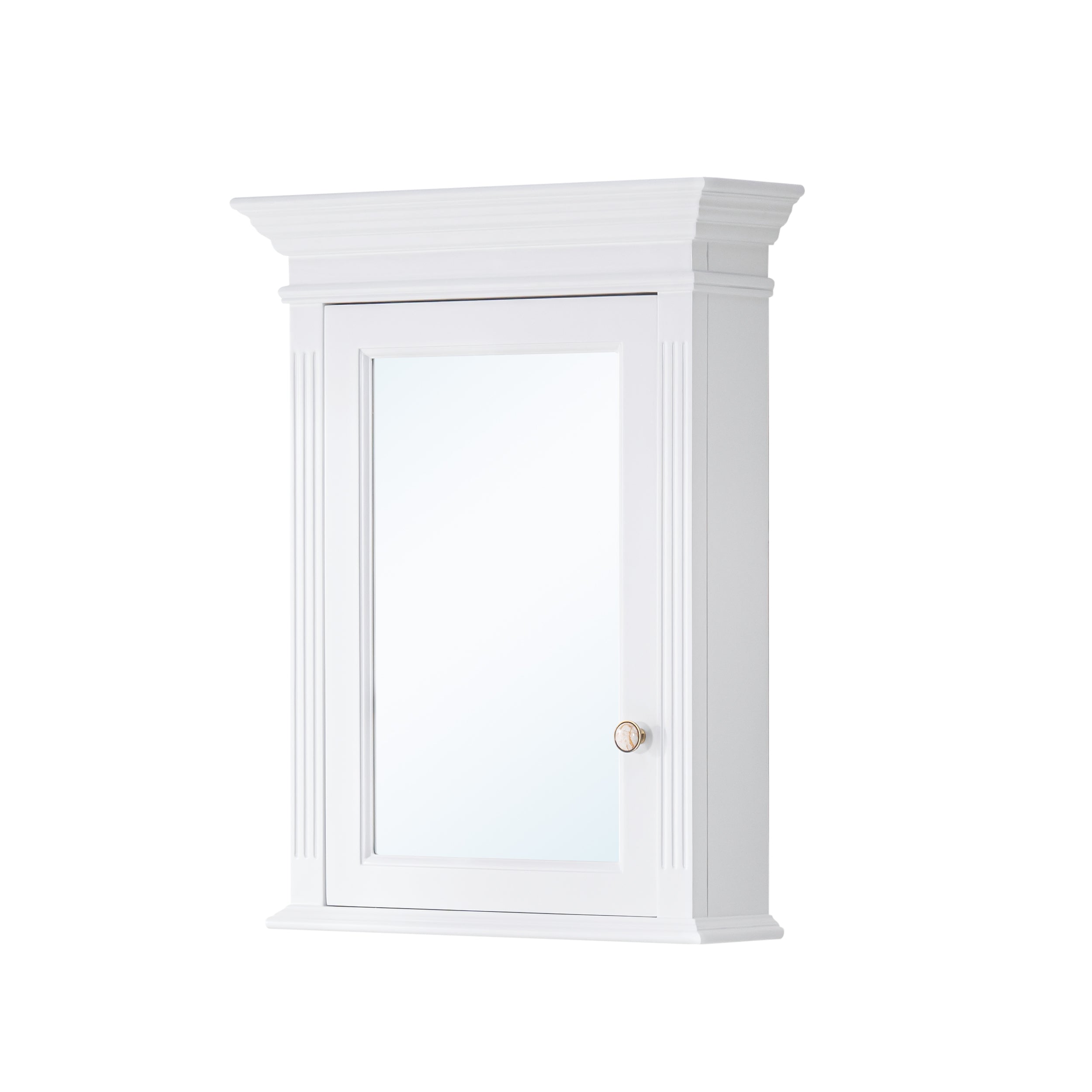
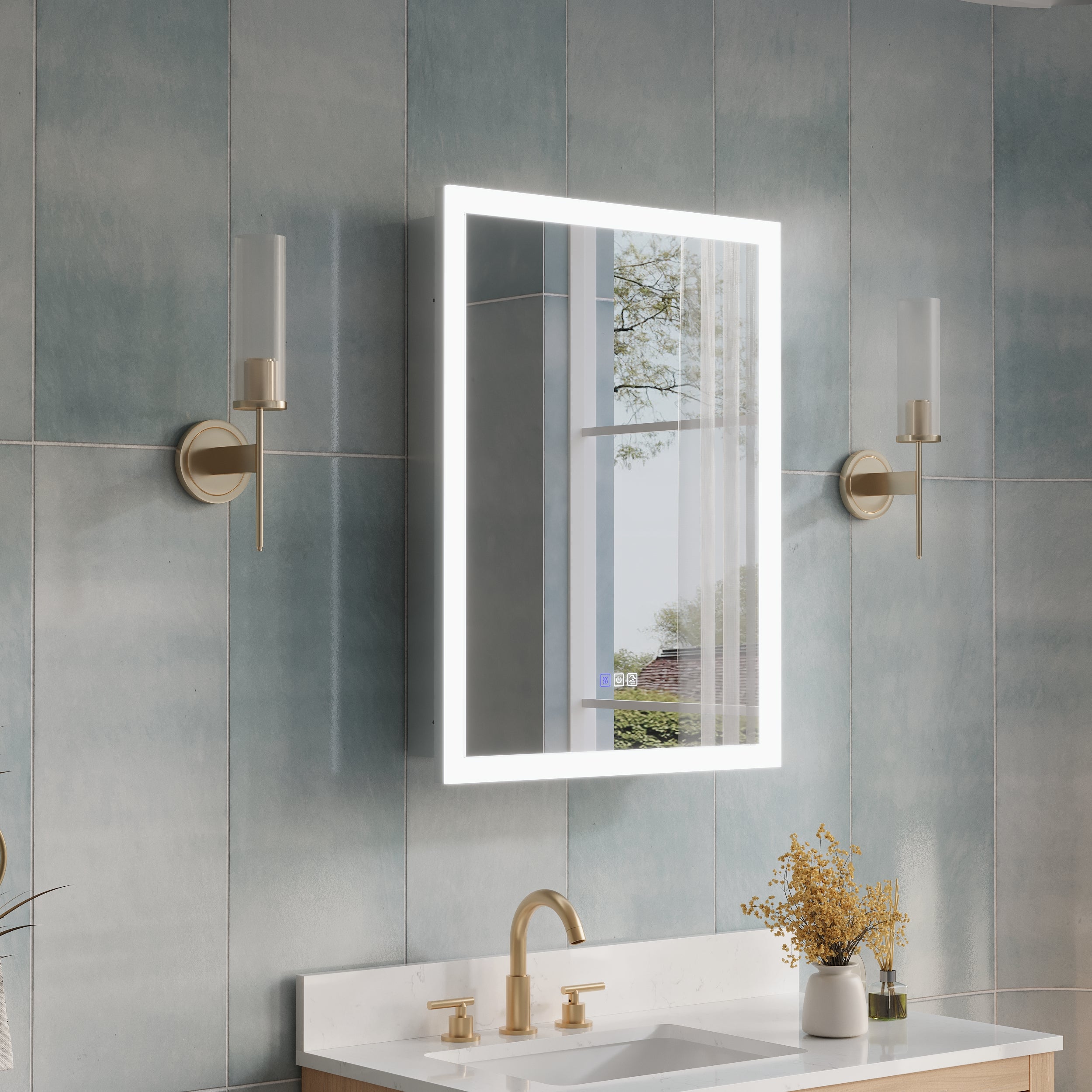
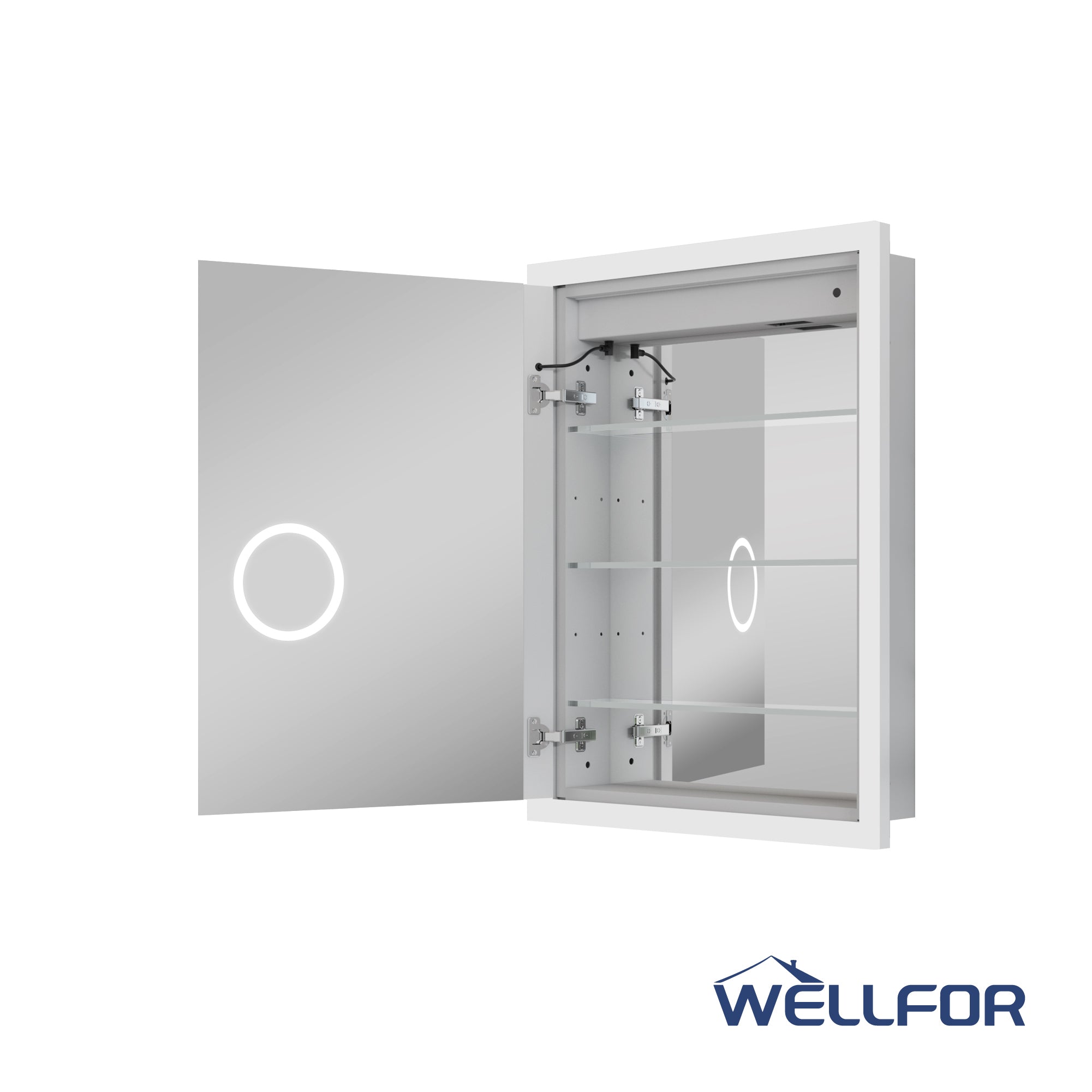
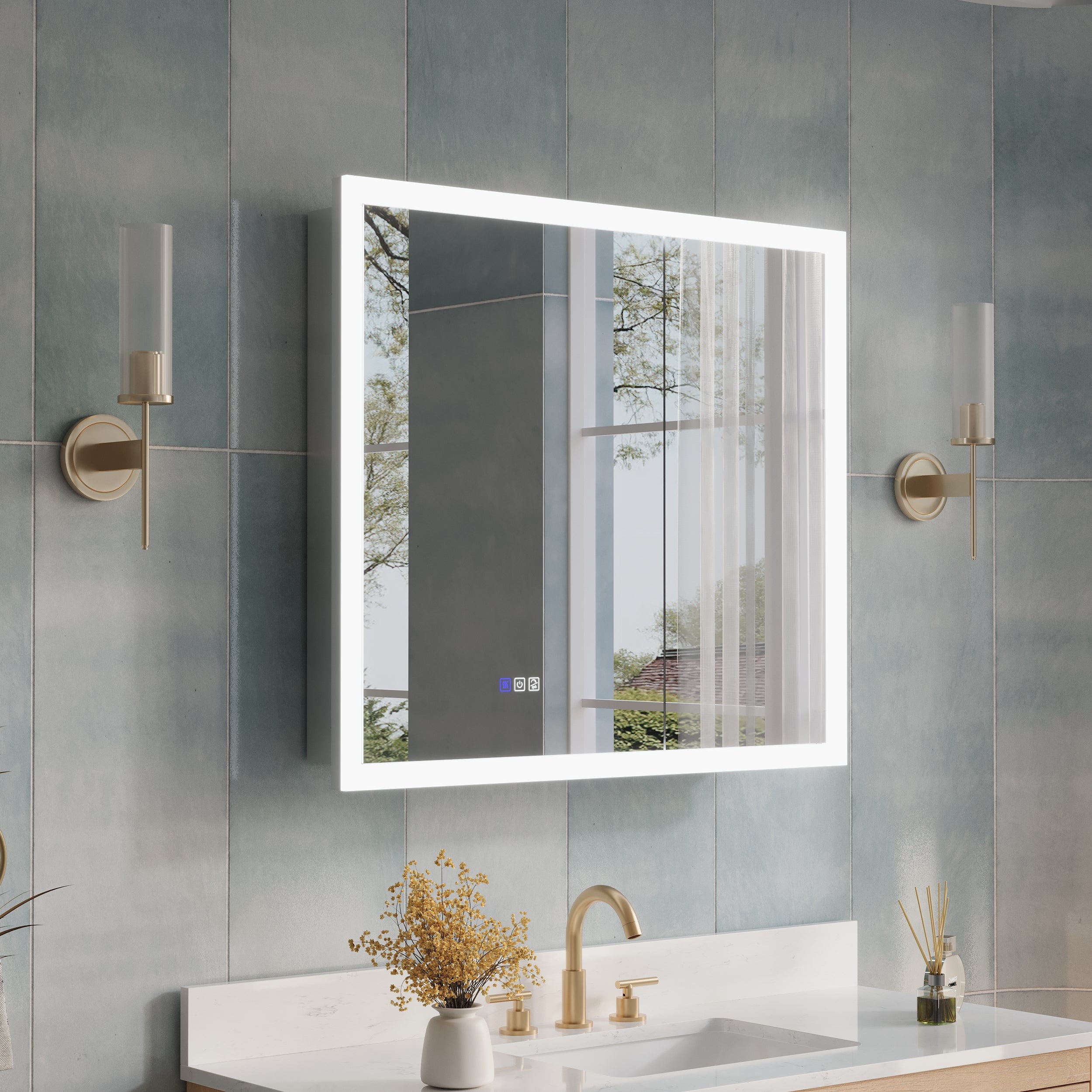
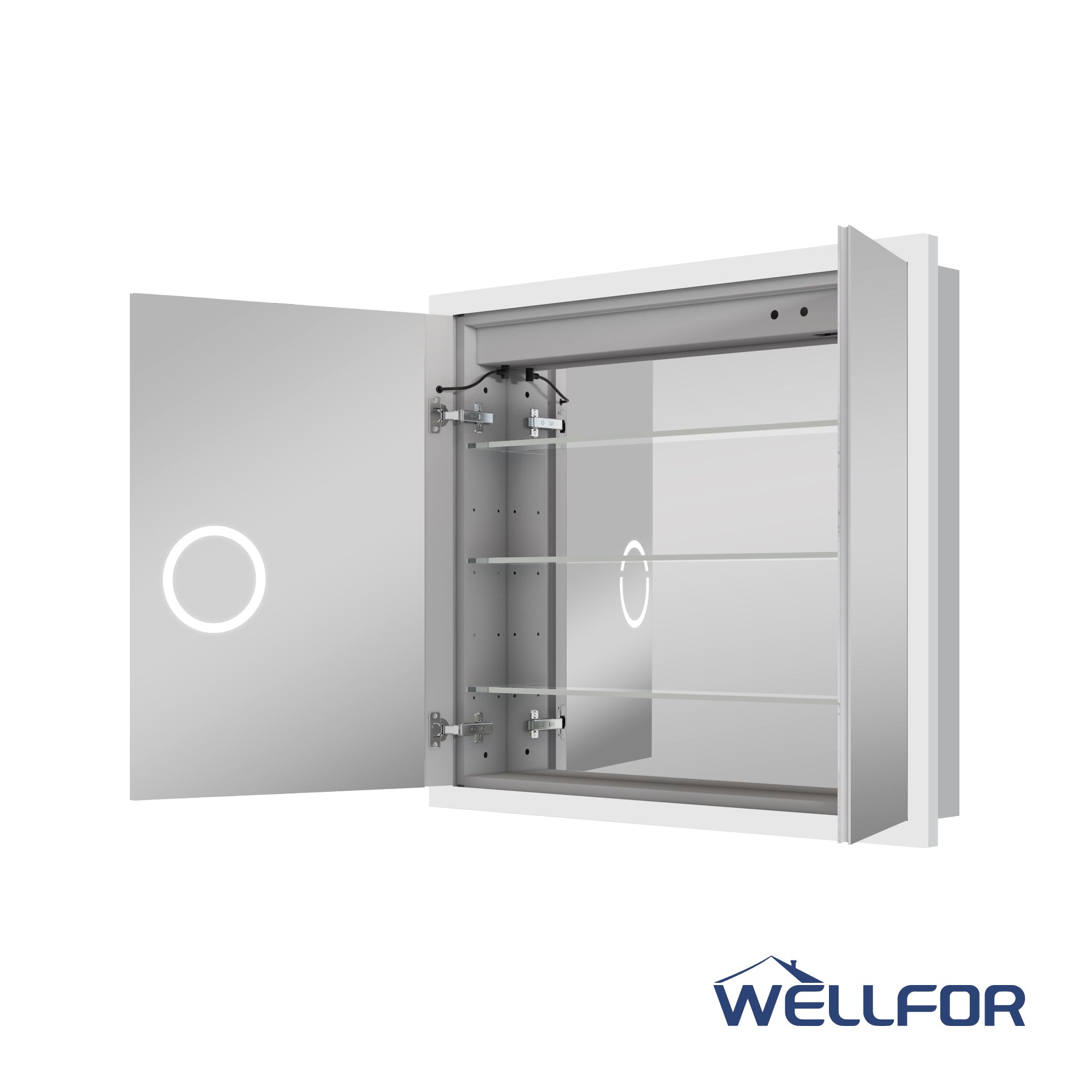


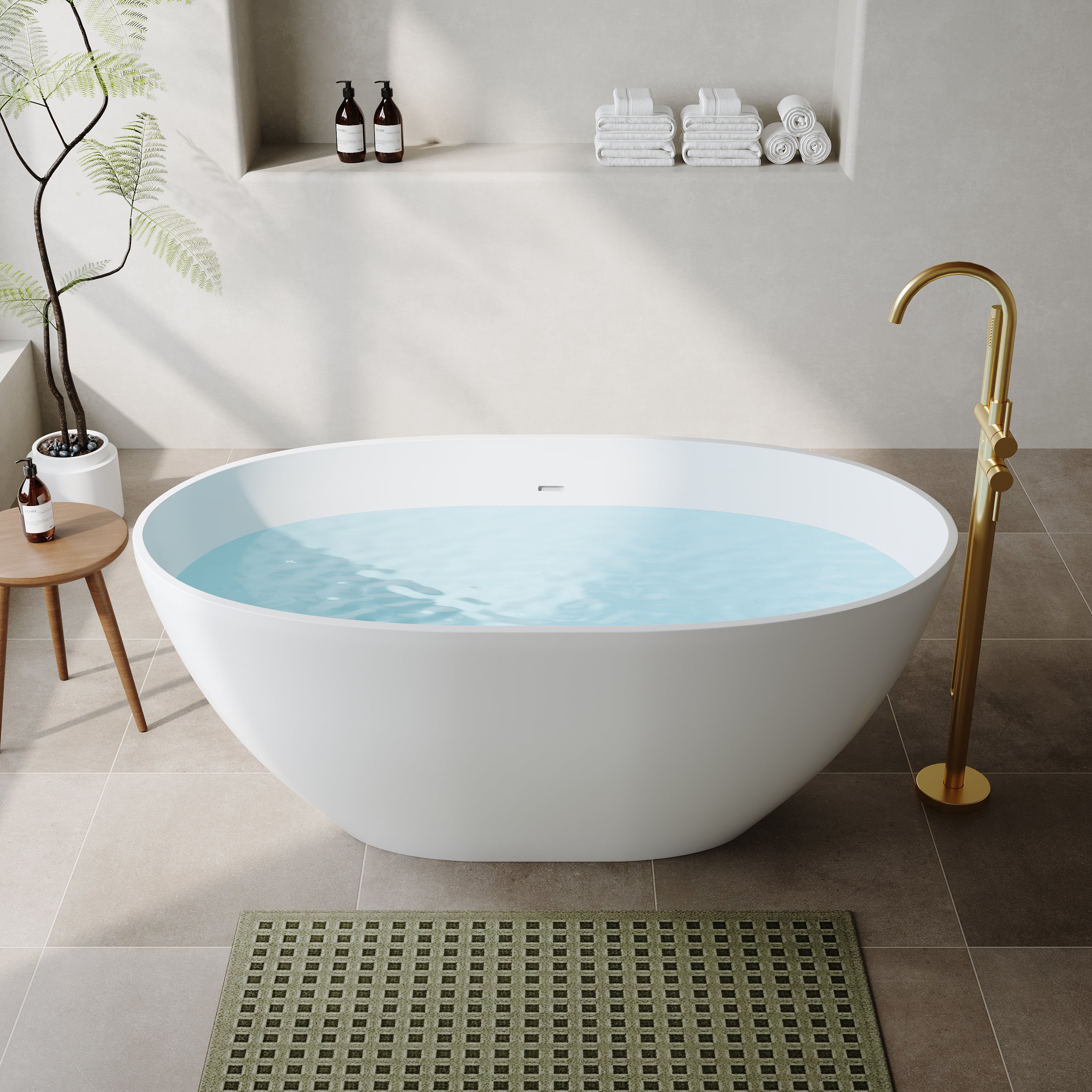
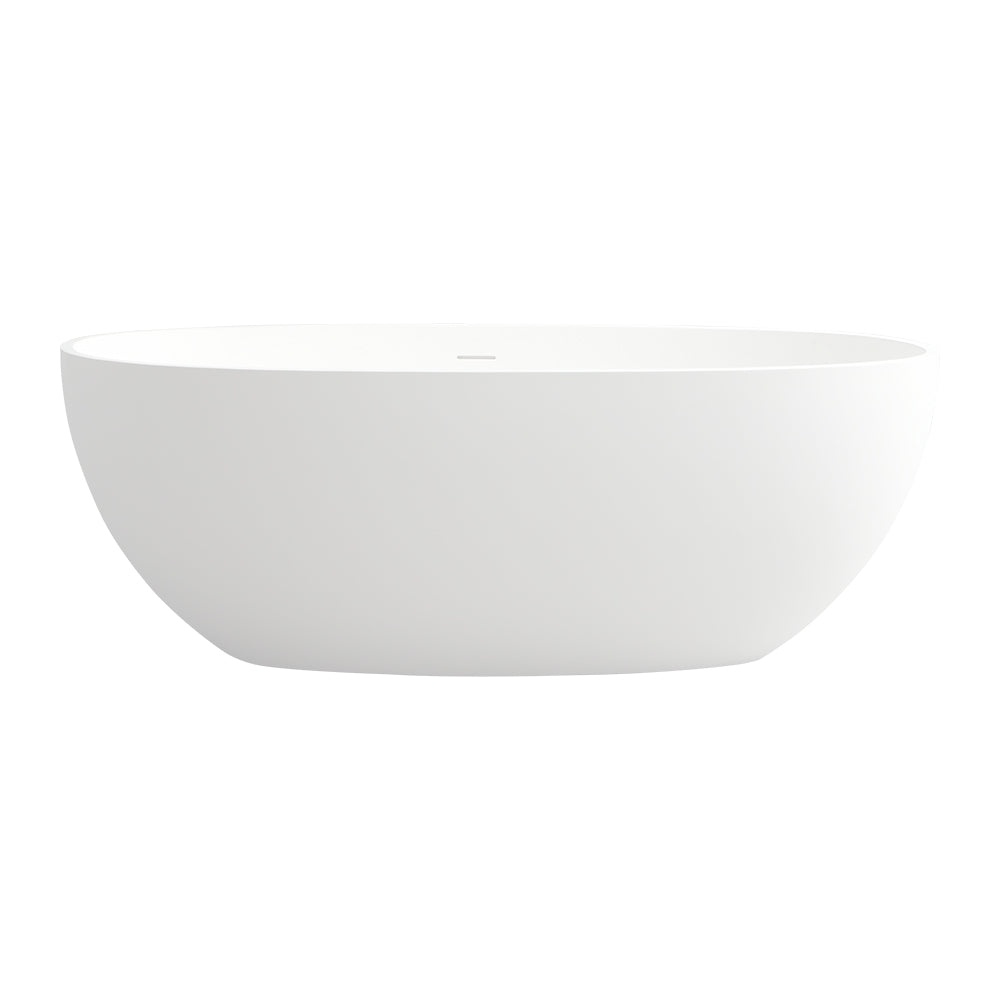
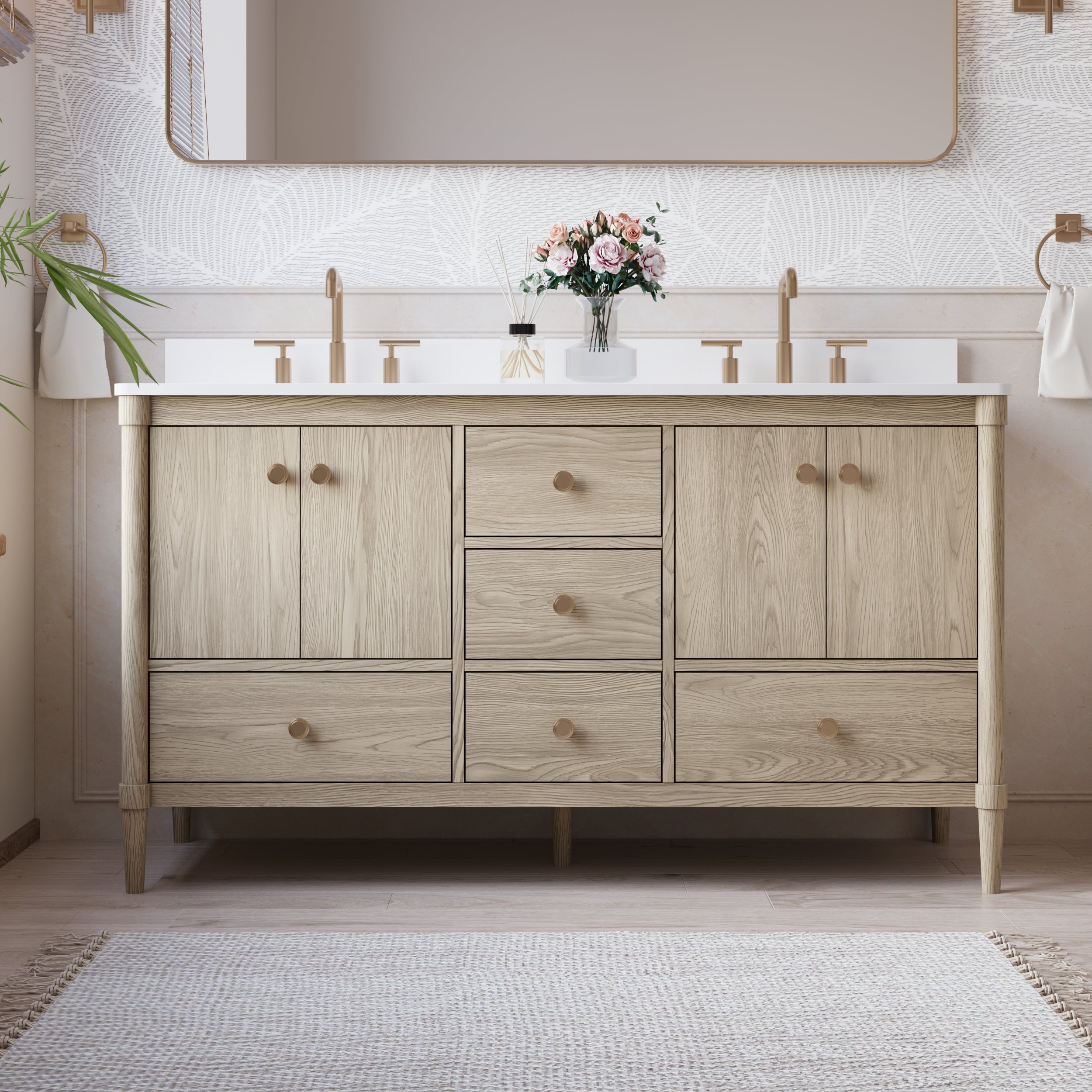
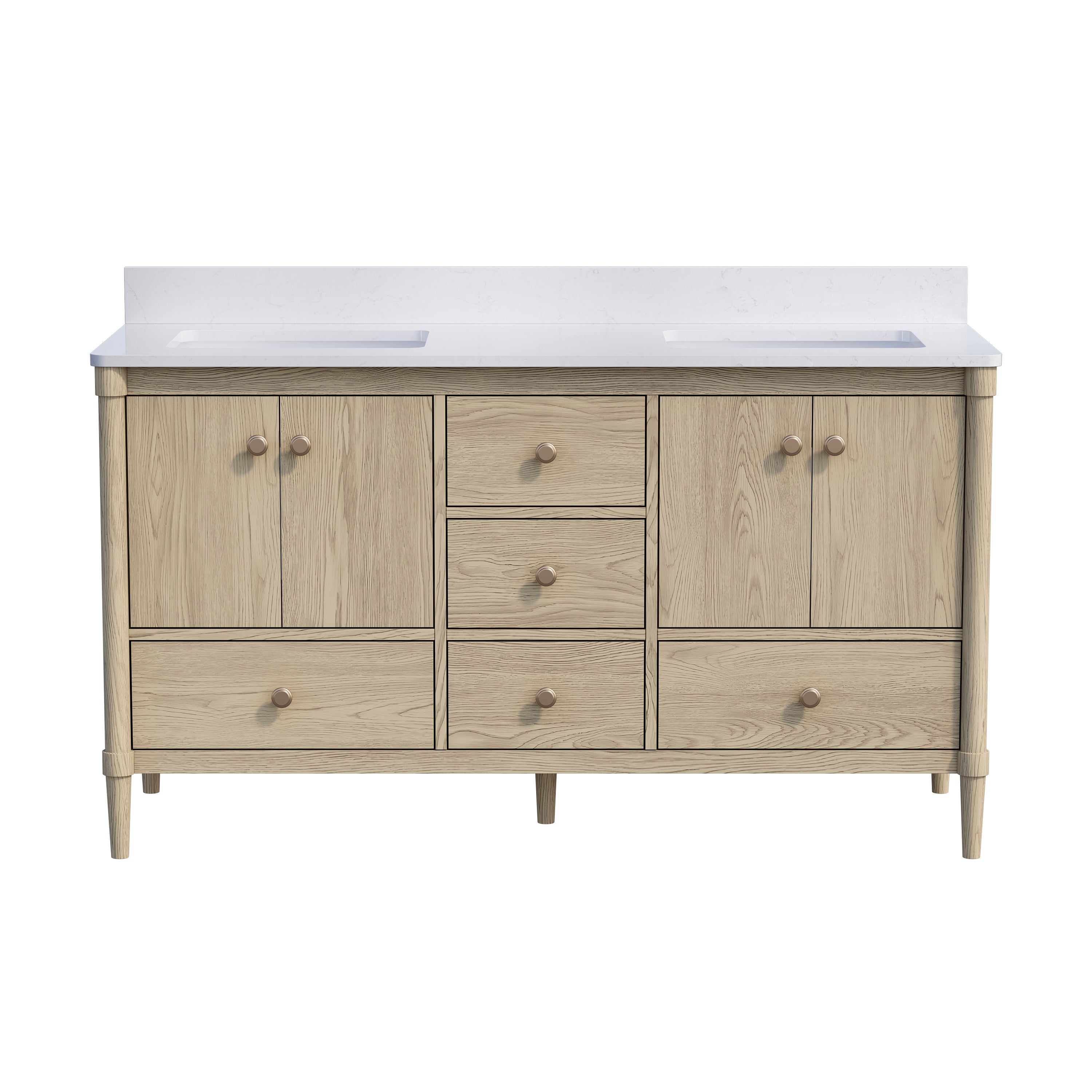
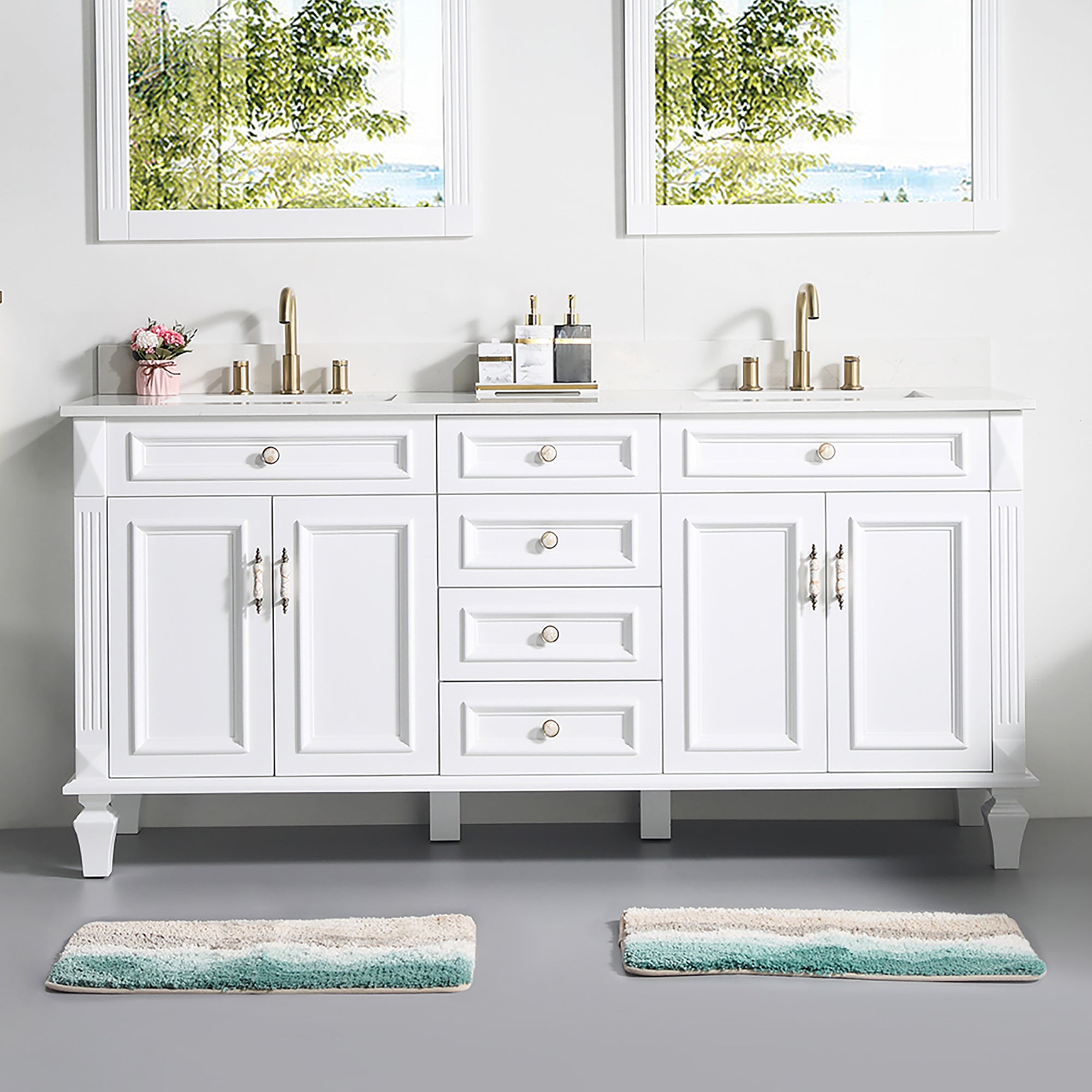
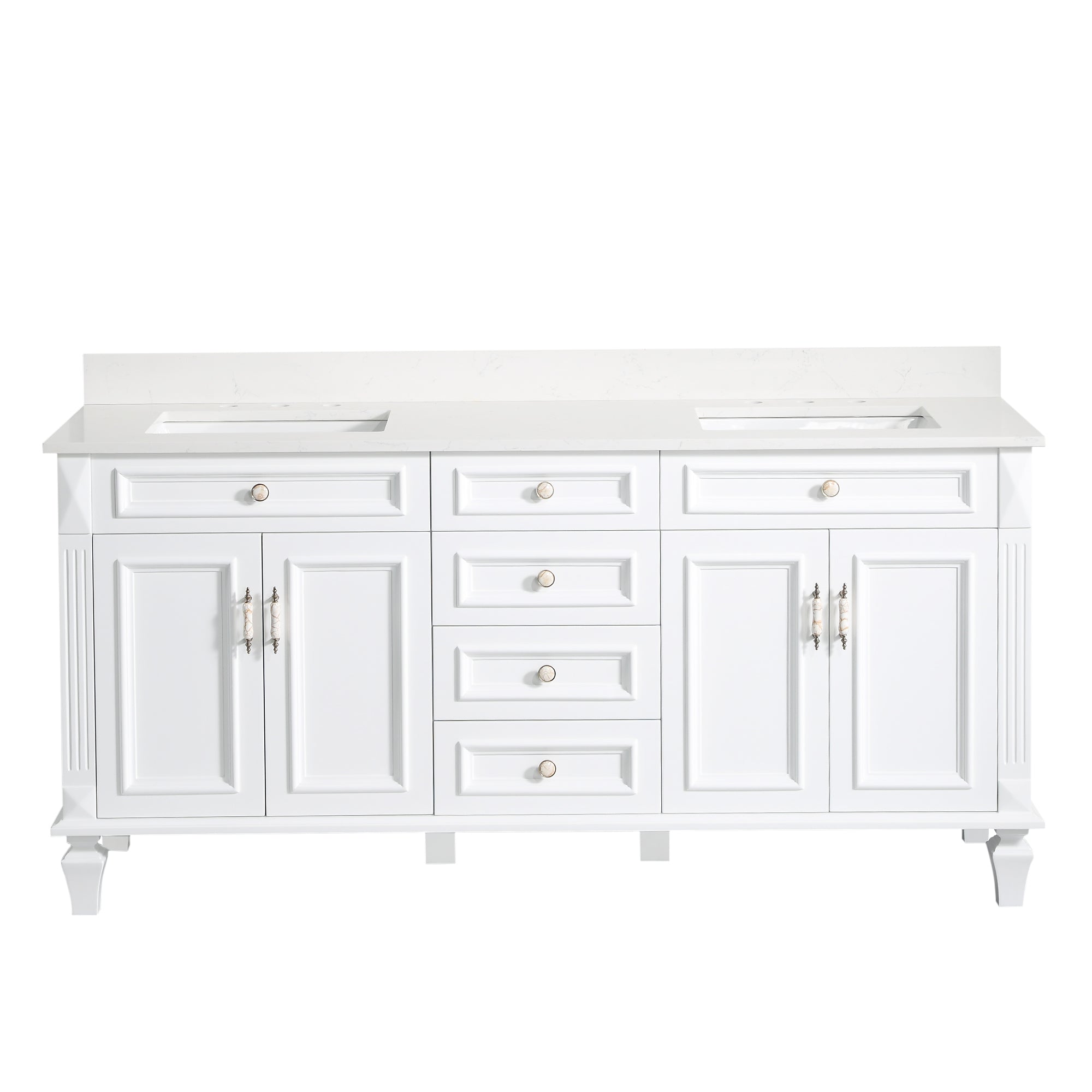
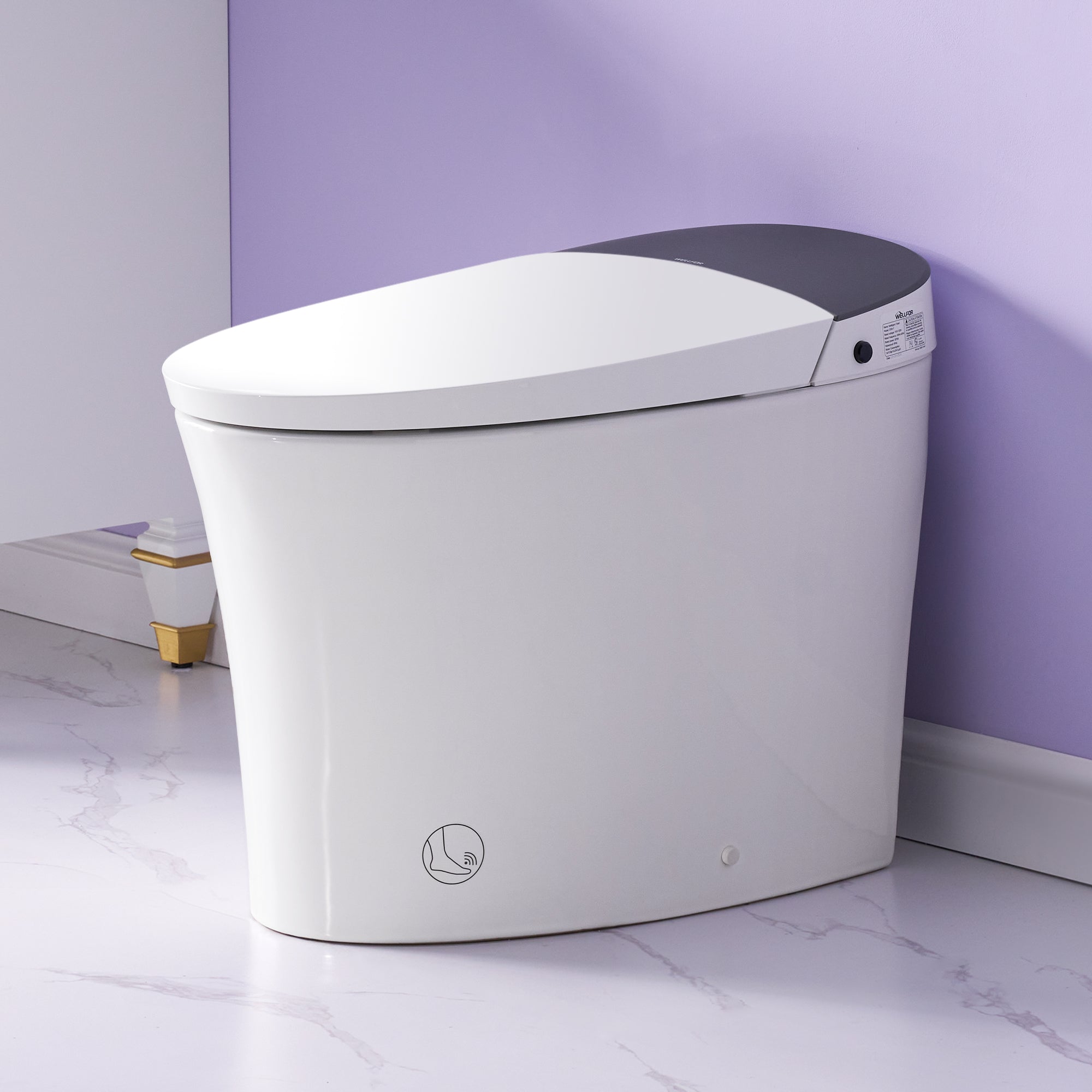
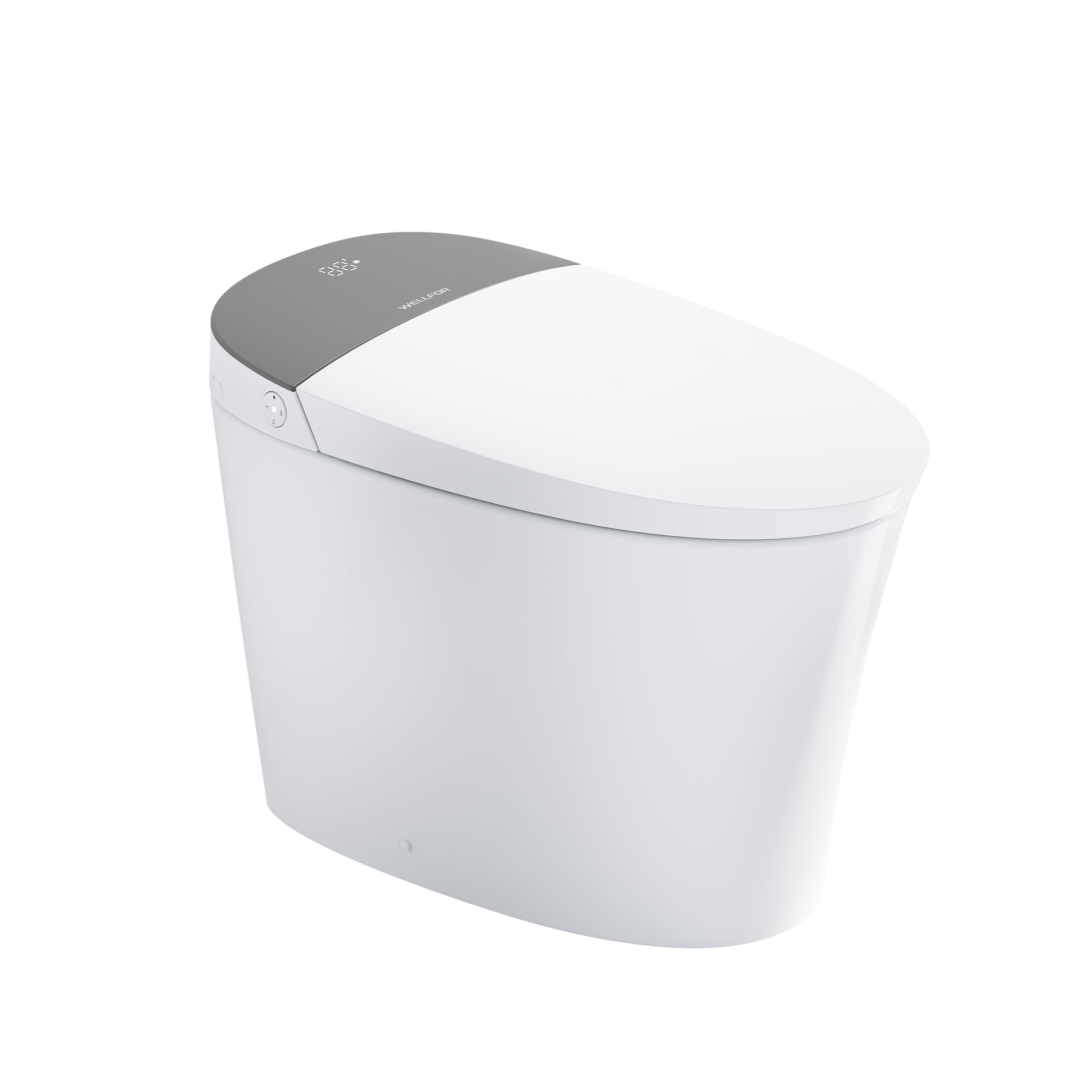
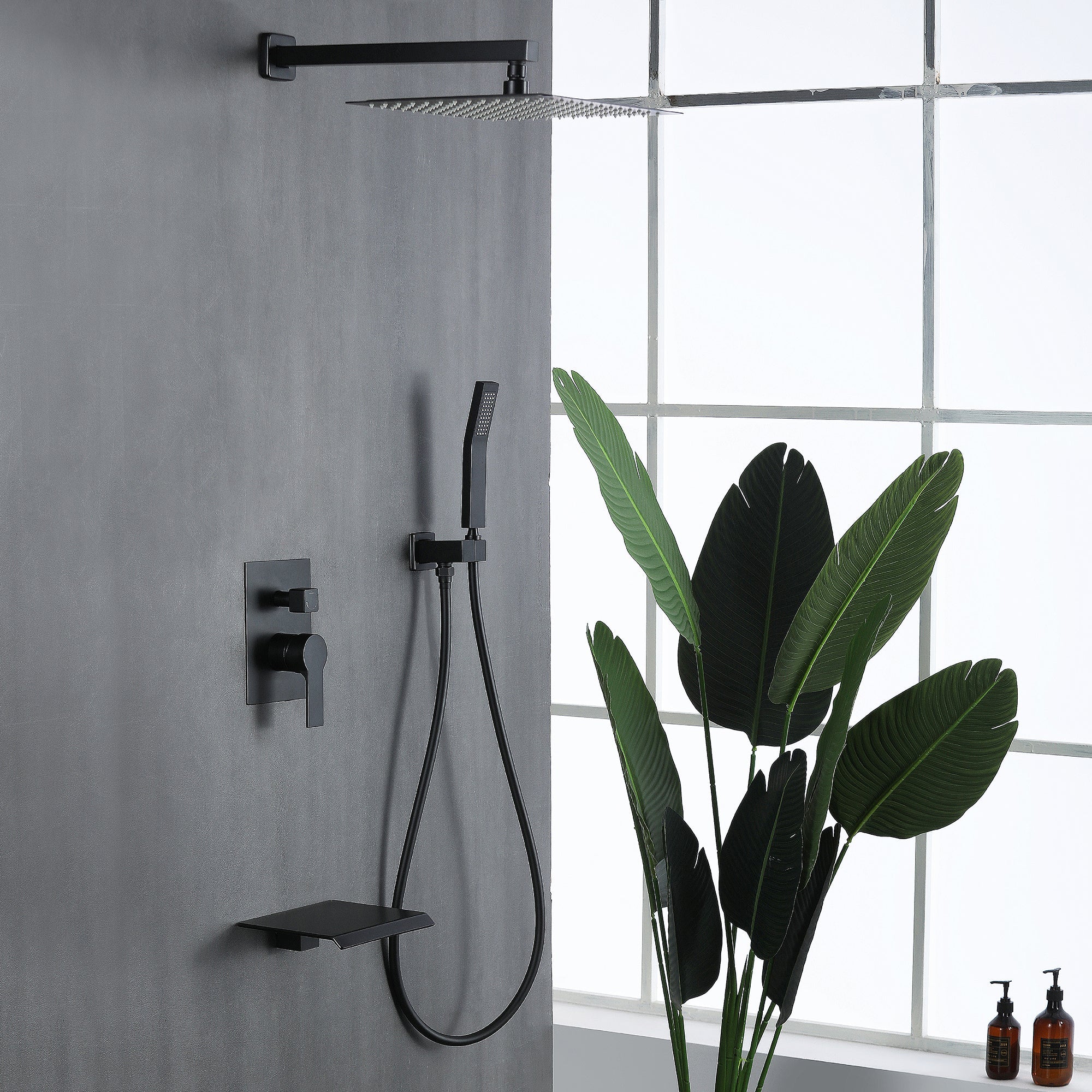
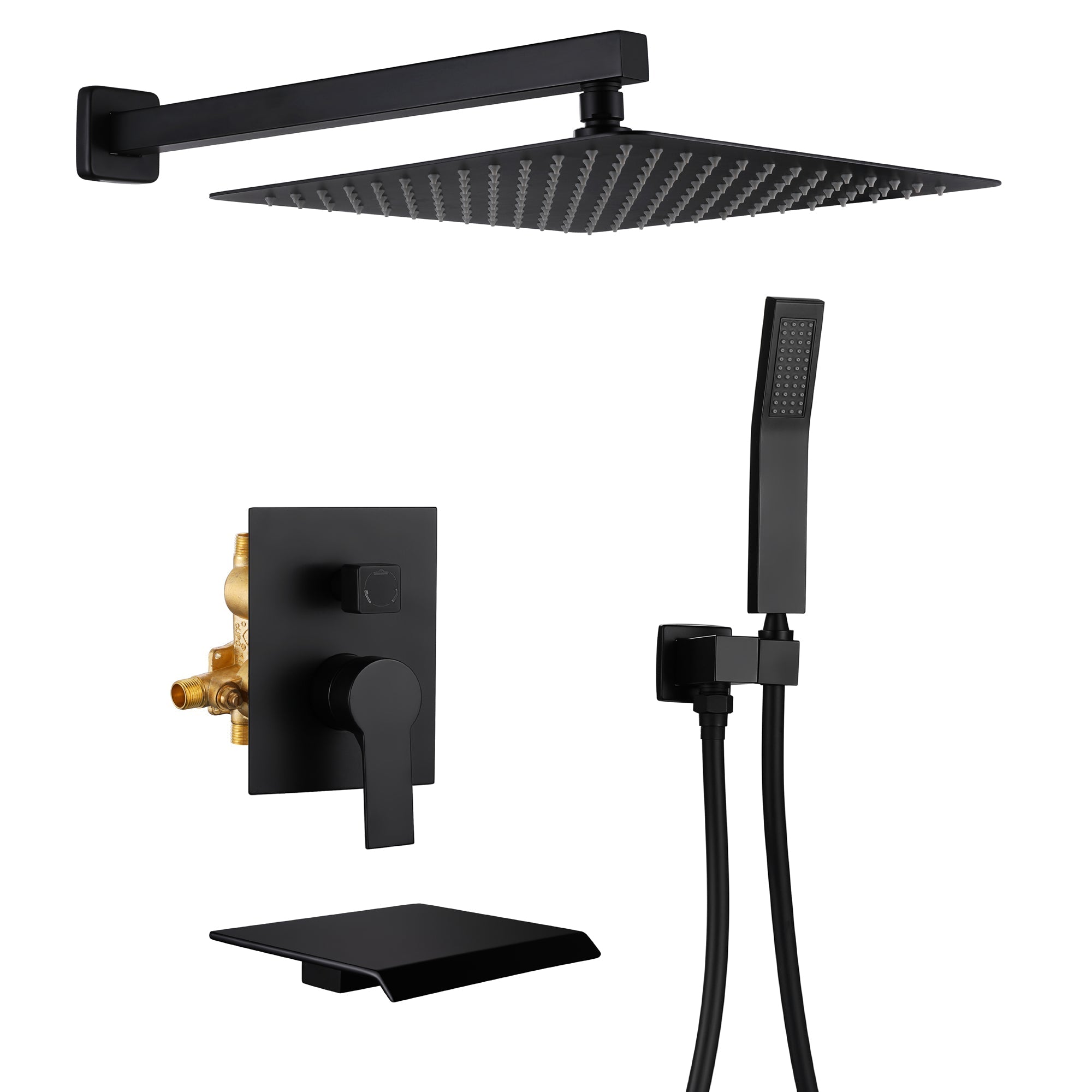
Leave a comment
This site is protected by hCaptcha and the hCaptcha Privacy Policy and Terms of Service apply.